Page 145 of 296
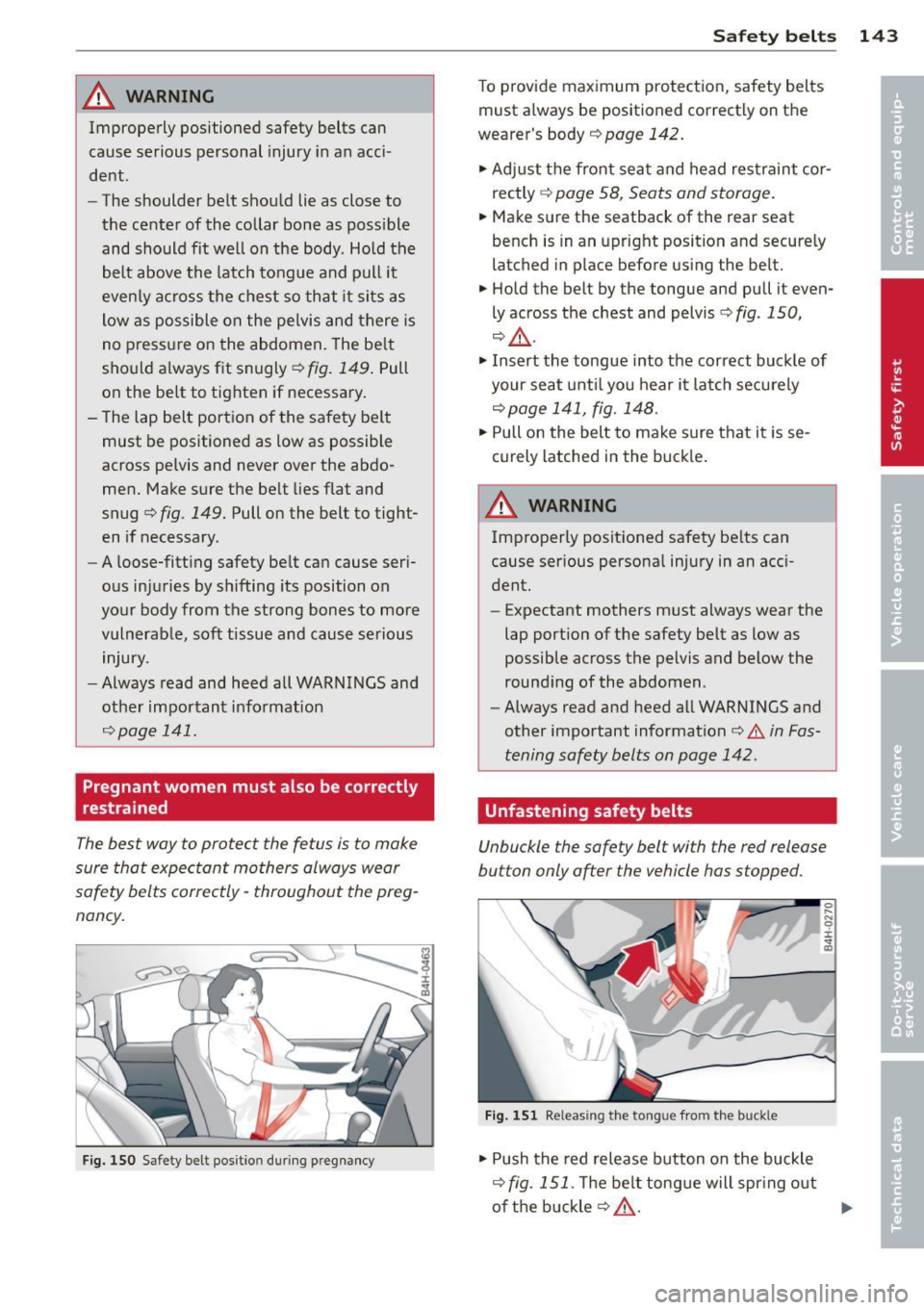
_& WARNING
Improperly positioned safety belts can
cause serious personal injury in an acci
dent.
- The shoulder belt shou ld lie as close to
the center of the collar bone as poss ible
and should fit we ll on the body. Ho ld the
belt above the latch tongue and pull it
evenly across the chest so that it sits as
low as possible on the pe lvis and there is
no press ure on the abdomen. The be lt
should a lways f it snugly¢
fig. 149 . Pull
on the be lt to tighten if necessary.
- The lap belt portion of the safety be lt
must be positioned as low as possible
across pelvis and never over the abdo
me n. Make sure the be lt lies flat and
snug¢
fig . 149. Pull on the belt to tight
en if necessary .
- A loose-fitt ing safety belt can cause seri
ous in juries by sh ifting its position on
your body from the strong bones to more
vulnerab le, soft tissue and cause se rious
injury.
- Always read and heed all WARNINGS and
other important information
¢ page 141.
Pregnant women must also be correctly
restrained
The best way to protect the fetus is to make
sure tha t expectant mothers always wear
safety belts correctly -throughout the preg
nancy.
F ig. 150 Safety belt positio n du ring p regnancy
Safety belts 143
To p rovide maximum protect ion, safety belts
must a lways be positioned correctly on the
wearer's body
¢ page 142.
.. Ad just the front sea t and head restraint cor
rectly ¢
page 58, Seats and storage.
.. Make sure the seatback of the rear seat
bench is in an upright position and securely
latched in place before using the belt.
.. Hold the belt by the tongue and pull it even
ly across the chest and pelvis¢
fig. 150,
¢ .,&. .
.. Insert the tongue into the correct buckle of
your seat unt il you hear it latch secure ly
¢ page 141, fig. 148 .
.. Pull on the belt to make sure that it i s se
curely latched in the buck le .
A WARNING
-Improperly posit ioned safety be lts can
cause serious persona l injury in an acci
dent.
-
- Expectant mothers must always wear the
lap portion of the safety belt as low as
possible across the pelvis and below the
round ing of the abdomen .
- Always read and heed all WARNINGS and
other important information
¢.&. in Fas
tening safety belts on page 142 .
Unfastening safety belts
Unbuckle the safety belt with the red release
button only after the vehicle has stopped.
Fig. 151 Re leas ing t he tong ue from the buck le
.. Push the red release button on the buckle
¢ fig. 151. The belt tongue w ill spr ing out
of the buckle ¢
.&_. ..,..
Page 146 of 296
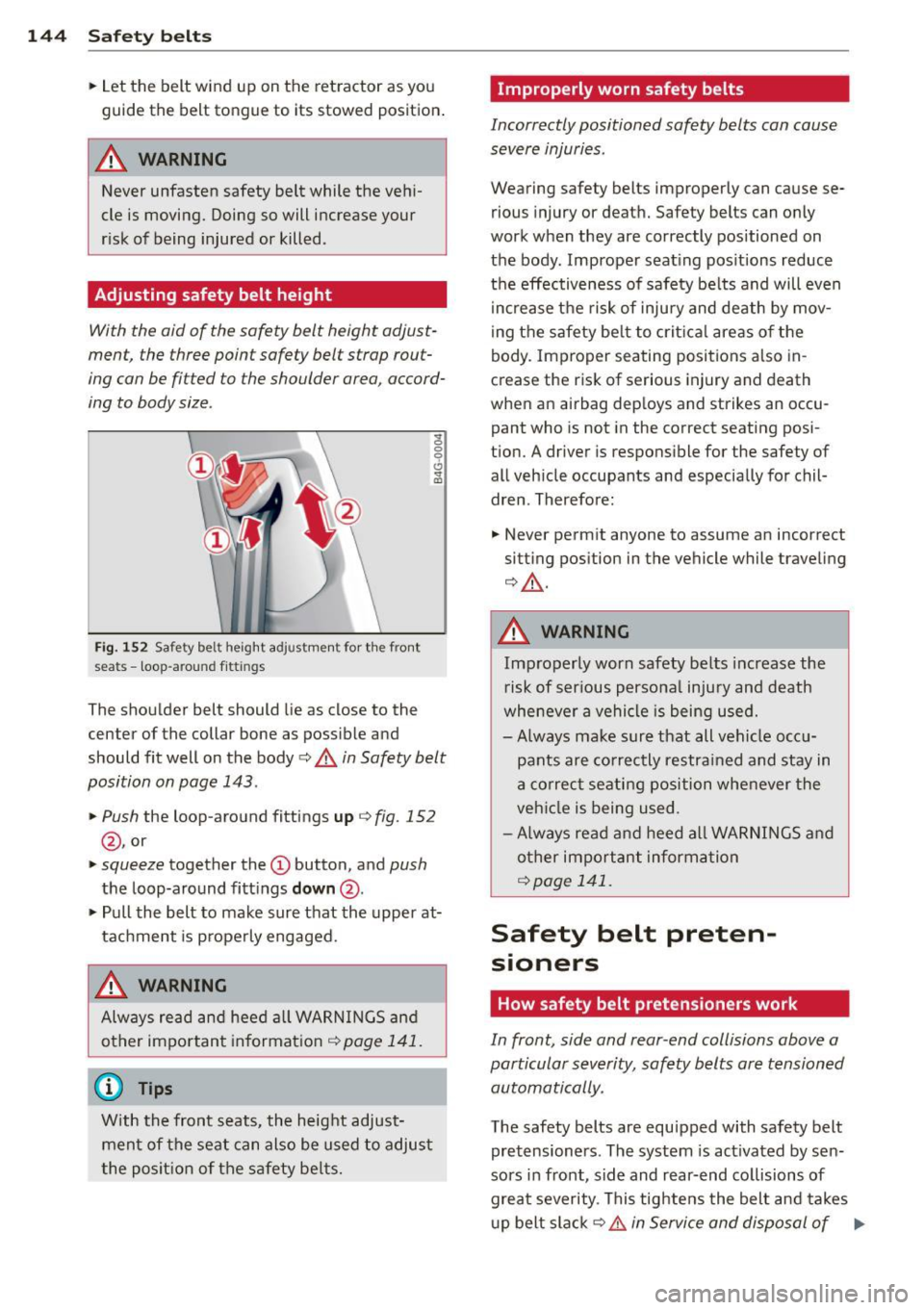
144 Safet y belt s
• Let the belt wind up on the ret ractor as you
guide the belt tongue to its stowed position .
A WARNING
Never unfasten safety belt while the veh i
cle is moving. Doing so will increase your
r isk of being injured or killed .
Adjusting safety belt height
-
With the aid of the safety belt height adjust
ment, the three point safety belt strap rout
ing can be fitted to the shoulder area, accord
ing to body size .
~ 0 0 6
Fig. 152 Safety belt heig ht adj ustme nt for th e fro nt
seats -loop -around fittings
.. (0
The shoulder belt should lie as close to the
center of the collar bone as possib le and
should fit well on the body
c:> .&. in Safety belt
position on page 143 .
• Push
the loop-around fittings up c:> fig. 152
@, or
• squeeze together the(!) button, and push
the loop-around fitt ings down @.
• Pull the belt to make sur e that the upper at
tachment is properly engaged.
.&, WARNING
Alw ays read and heed a ll WARNINGS and
other impo rtant informat ion ¢
page 141.
(D Tips
With the front seats, the height adjust
ment of the seat can also be used to a djus t
the posit ion of the safety be lts.
Improperly worn safety belts
Incorrectly positioned safety belts can cause
severe injuries .
Wearing safety belts improperly can cause se
rious injury or deat h. Safety belts can o nly
work when they are correctly positioned on
the body . Improper seat ing pos itions reduce
the effectiveness of safety be lts and will even
i ncrea se t he risk of inju ry and death by mov
ing the safety be lt to crit ica l areas o f the
body. Improper seating positions also in
crease the risk of serious injury and death
when an a irbag dep loys and strikes an occu
pant who is not in the correct seating posi
tion. A driver is respons ible for the safety of
all veh icle occupants and especially for chil
dren . Therefore:
• Never perm it anyone to assume an incorrect
sitting position in the vehicle while traveling
c:> ,&. .
.&, WARNING
Improperly worn safety be lts increase the
r isk of ser ious p ersona l injury and death
whenever a vehicle is being used.
- Always ma ke sur e that all vehicle occ u
pants are co rrectly restra ined and stay in
a co rrec t seating position whe never the
veh icle is being used .
- Always read and heed all WAR NINGS a nd
o ther impo rtant inform ation
¢page 141.
Safety belt preten
sioners
How safety belt pretensioners work
In front, side and rear-end collisions above a
particular severity, safety belts are tensioned
automatically .
The safety belts are equipped with safety belt
pretensioners . The system is act ivated by sen
sors in front, side and rear-end collisions of
grea t severity. This tightens the belt and takes
u p belt slac k
c:> .&. in Service and disposal of .,._
Page 147 of 296
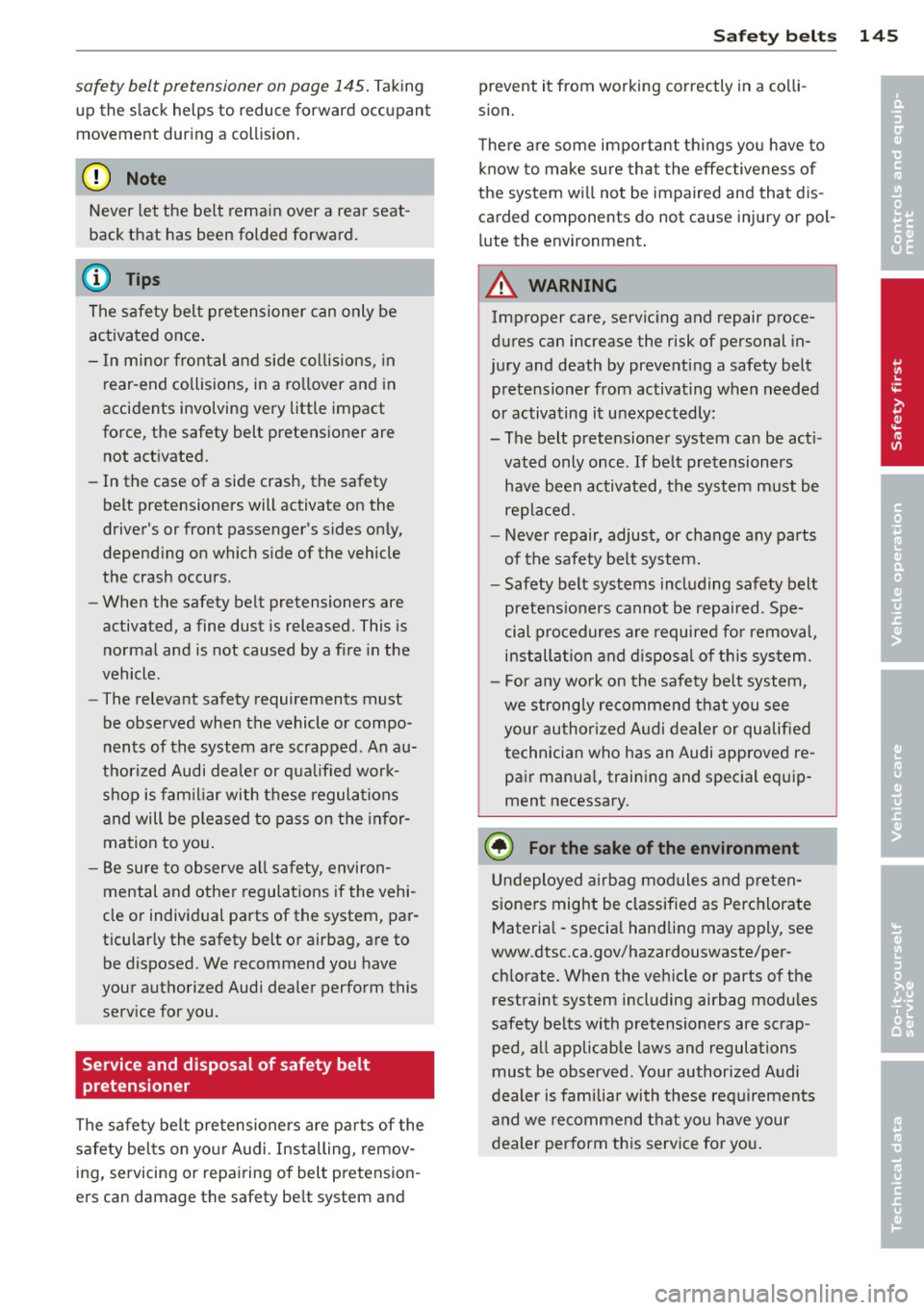
safety belt pretensioner on page 145. Taking
up the slack helps to reduce forward occupant
movement dur ing a collision .
([) Note
Never let the belt remain over a rear seat
back that has been folded forward.
@ Tips
The safety belt pretensioner can only be activated once .
- In minor frontal and side collisions, in
rear-end collisions, in a rollover and in
accidents involving very little impact
force , the safety belt pretensioner are
not activated.
- In the case of a side crash, the safety
belt pretensioners will activate on the
driver's or front passenger's sides only,
depending on which side of the vehicle
the crash occurs .
- When the safety belt pretensioners are
activated, a fine dust is released. This is
normal and is not caused
by a fire in the
vehicle.
- The relevant safety requirements must
be observed when the vehicle or compo
nents of the system are scrapped . An au
thorized Audi dealer or qualified work
shop is familiar with these regulations
and will be pleased to pass on the infor
mation to you.
- Be sure to observe all safety, environ
mental and other regulations if the vehi
cle or individual parts of the system, par
ticularly the safety belt or airbag, are to be disposed. We recommend you have
your authori zed Audi dealer perform this
service for you .
Service and disposal of safety belt
pretension er
The safety belt pretensioners are parts of the
safety belts on your Audi . Installing, remov
ing, servicing or repairing of belt pretension
ers can damage the safety belt system and
Safety belts 145
prevent it from working correctly in a colli
sion .
There are some important things you have to
know to make sure that the effectiveness of
the system will not be impaired and that dis
carded components do not cause injury or pol
lute the environment .
_& WARNING
Improper care, servicing and repair proce
dures can increase the risk of personal in
jury and death by preventing a safety belt
pretensioner from activating when needed
or activating it unexpectedly :
- The belt pretensioner system can be acti
vated only once .
If belt pretensioners
have been activated, the system must be
replaced.
- Never repair, adjust, or change any parts
of the safety be lt system.
- Safety belt systems including safety belt
pretens ioners cannot be repaired. Spe
cial procedures are required for removal,
installation and disposal of this system.
- For any work on the safety belt system,
we strongly recommend that you see
your author ized Audi dealer or qualified
technician who has an Audi approved re
pair manual, training and special equip
ment necessary.
@ For the sake of the environment
Undeployed airbag modules and preten
sioners might be classified as Perchlorate
Material - special handling may apply, see
www .dtsc .ca.gov/hazardouswaste/per-
ch lorate. When the vehicle or parts of the
restraint system including airbag modules
safety belts with pretensioners are scrap ped, all applicable laws and regulations
must be observed. Your authorized Audi
dealer is familiar with these requirements
and we recommend that you have your
dealer perform this service for you.
•
•
Page 148 of 296

146 Airbag system
Airbag system
Important things to know
Importance of wearing safety belts and
sitting properly
Airbags are only supplemental restraints. For
airbags to do their job , occupants must al
ways properly wear their safety belts and be
in a proper seating position.
F or your safety and the safety of your passen
gers, before driving off, always:
• Adjust the driver's seat and steering wheel
properly ¢
page 129,
• Adjust the front passenger's seat properly
¢ page 59,
• Wear safety be lts properly ¢ page 141,
• Always properly use the proper child re-
straint to protect children¢
page 167.
In a collision airbags must inflate within the
blink of an eye and with considerable force.
The supplemental airbags can cause injuries if
the driver or the front seat passenger is not
seated properly . Therefore in order to help the
a ir bag to do its job, it is important, both as a
d river and as a passenger to sit prope rly at all
times.
By keeping room between your body and the
steering wheel and the front of the passenger
compartment, the airbag can inflate fully and
comp letely and provide supplemental protec
tion in ce rtain frontal collisions
¢page 129,
Proper occupant seating positions.
F or details
on the operation of the seat adjustment con
t rols ¢
page 60.
It's especially important that children are
properly restrained ¢
page 167.
There is a lot that the driver and the passen
ge rs can and must do to help the individual
safety features installed in your A udi work to
gether as a system.
Proper seating pos ition is important so that
the front airbag on the driver side can do its
job. If you have a physical impairment or con- dition that
prevents you from sitting properly
on the driver seat with the safety belt properly
fastened and reaching the pedals , spec ial
modifications to your vehicle may be necessa
ry.
Contact your authorized Audi dea ler, or call
Audi C ustomer Re lations at 1-800-822-2834.
When the airbag system dep loys , a gas gener
ator will f ill the airbags, break open the pad
ded covers, and inflate between the steering
whee l and the dr iver and between the instru
ment panel and the front passenger. The air
bags will deflate immediately after deploy
ment so that the front occupants can see
th rough the windshield aga in without inter
ruption .
All of th is takes place in the blink of an eye , so
fast that many people don't even realize that
the a irbags have deployed . The airbags also
inflate with a great deal of force and nothing
shou ld be in their way when they deploy.
Front airbags in combination with properly
worn safety belts slow down and limit the oc
cupant's forward movement. Together they
help to prevent the driver and front seat pas
senger from hitting parts of the inside the ve
hicle while reducing the forces acting on the
occupant dur ing the crash. In this way they
help to reduce the risk of injury to the head
and upper body in the crash . A irbags do not
protect the arms or the lower parts of the
body.
Both front a irbags w ill not inflate in all fronta l
collisions . The triggering of the airbag system
depends on the vehicle dece lerat ion rate
caused by the collision and registered by the
electron ic control unit. If this rate is below
the reference value programmed into the con
trol unit, the airbags will not be trigge red ,
even though the car may be bad ly damaged as
a resu lt of the co llision . Vehicle damage, re
pair costs or even the lack of veh icle damage
is no t necessarily an indication of whether an
airbag should inflate or not .
It is not possib le to define a range of vehicle
speeds that w ill cover every possib le kind and .,.
Page 149 of 296
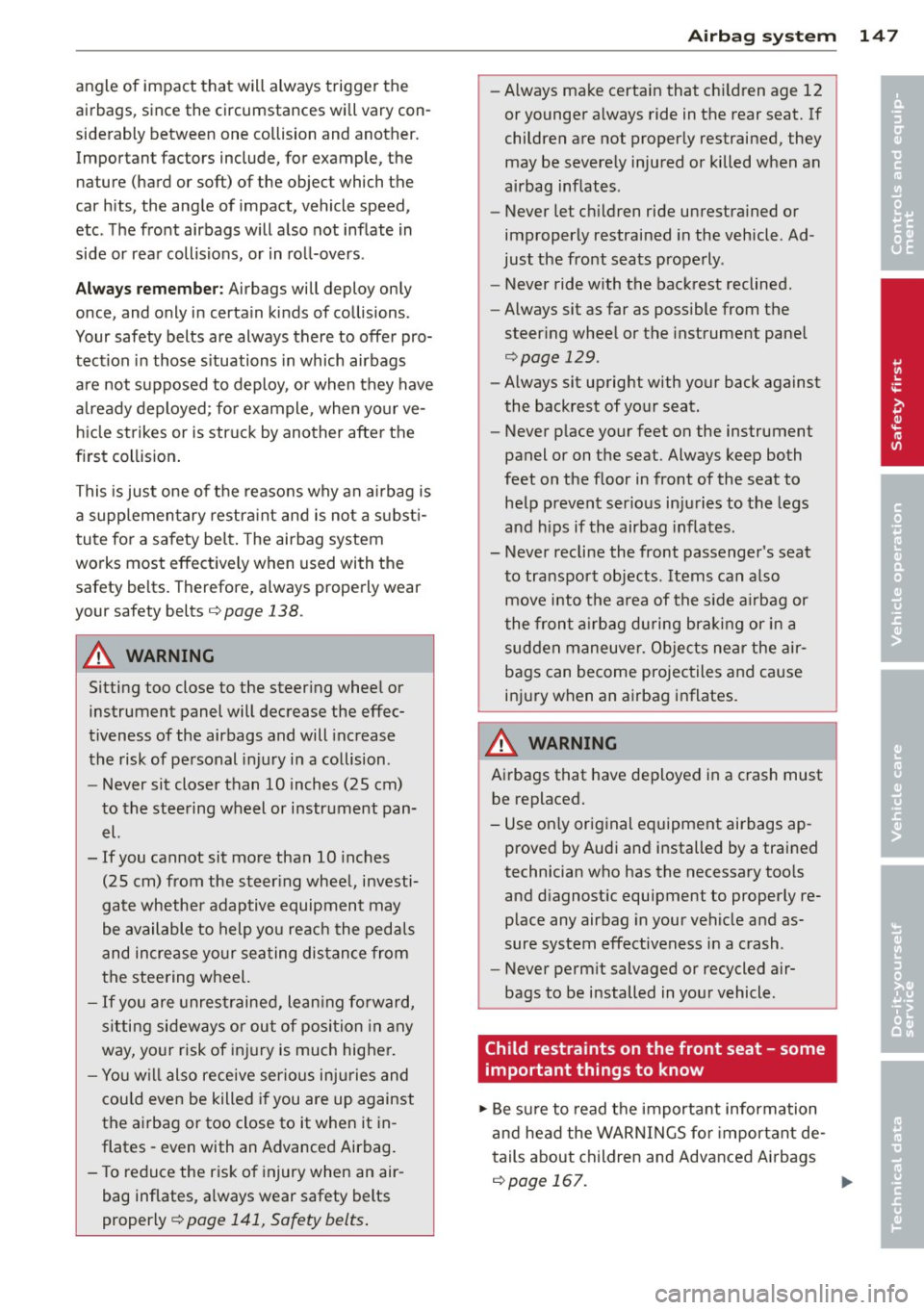
angle of impact that will always trigger the
airbags, since the circumstances will vary con
siderably between one collision and another.
Important factors include, for example, the nature (hard or soft) of the object which the
car hits, the angle of impact, vehicle speed,
etc. The front airbags will also not inflate in
side or rear collisions, or in ro ll-overs .
Alwa ys rem ember : Airbags will deploy only
once, and only in certa in kinds of collisions .
Your safety belts are always there to offer pro
tection in those s ituations in which airbags
are not supposed to deploy , or when they have
a lready deployed ; fo r example , when yo ur ve
h icle strikes or is struck by another after the
first collision .
This is just one of the reasons why an a irbag is
a supplementary restra int and is not a s ubst i
tute for a safety belt . The airbag system
works most effectively when used with the
safety belts. Therefore, always properly wear
your safety belts
¢ page 138.
A WARNING
Sitting too close to the steer ing wheel or
instrument panel will decrease the effec
tiveness of the airbags and will increase
the risk of pe rsonal injury in a co llision .
- Never sit closer than
10 inches (25 cm)
to the stee ring wheel or instrument pan
el.
- If you cannot sit more than
10 i nches
(25 cm) from the steer ing whee l, investi
gate whether adaptive equipment may
be available to help you reach the pedals
and increase your seating dis tance from
the steering wheel.
- If you are unrestrained, lean ing fo rward,
sitting sideways or out of position in any
way, yo ur risk of inj ury is much highe r.
- You w il l also receive serio us inju ries and
cou ld even be killed if you are up against
the airbag or too close to it when it in
flates -even with an Advanced Airbag.
- To reduce the r isk o f injury when an air
bag inflates, a lways wear safety belts
proper ly ¢
page 141, Safety belts .
Airbag system 147
-Always make certain that chi ld ren age 12
or younger a lways ride in the rear seat. If
children are not properly restrained, they may be severe ly inju red or killed when an
airbag inf lates .
- Never let ch ildren ride unrestra ined or
improperly restrained in the vehicle . Ad
just the front seats prope rly.
- Never ride with the backrest reclined.
- Always sit as far as possible from the
steer ing whee l or the instrument pane l
¢page 129.
-Always sit upright with your back against
the backrest of your seat.
- Never p lace your feet on the instrument
panel or on the seat. Always keep both
feet on the f loor in front of the seat to
he lp prevent serio us in juries to the legs
a nd h ips if the airbag inflates.
- Never recline the front passenger 's seat
to tra nsport objects. Items can a lso
move i nto the area of the s ide a irbag or
the front a irbag du ring bra king or in a
sud den maneuve r. Obje cts ne ar the air
bags can become projectiles and cause
injury when an airbag inflates.
_&. WARNING ~
A irbags that have de ployed in a crash must
be replaced.
- Use on ly original equipment airbags ap
proved by Audi and installed by a trai ned
technician who has the necessary too ls
and d iagnost ic equipment to properly re
place any airbag in your vehicle and as
sure system effectiveness in a crash .
- Never perm it salvaged or recycled air
bags to be installed in your vehicle .
Child restraints on the front seat - some
important things to know
.,. Be su re to read t he importa nt information
and head the WARNINGS fo r important de
tails about children and Advanced Airbags
¢ page 167. ..,.
•
•
Page 150 of 296
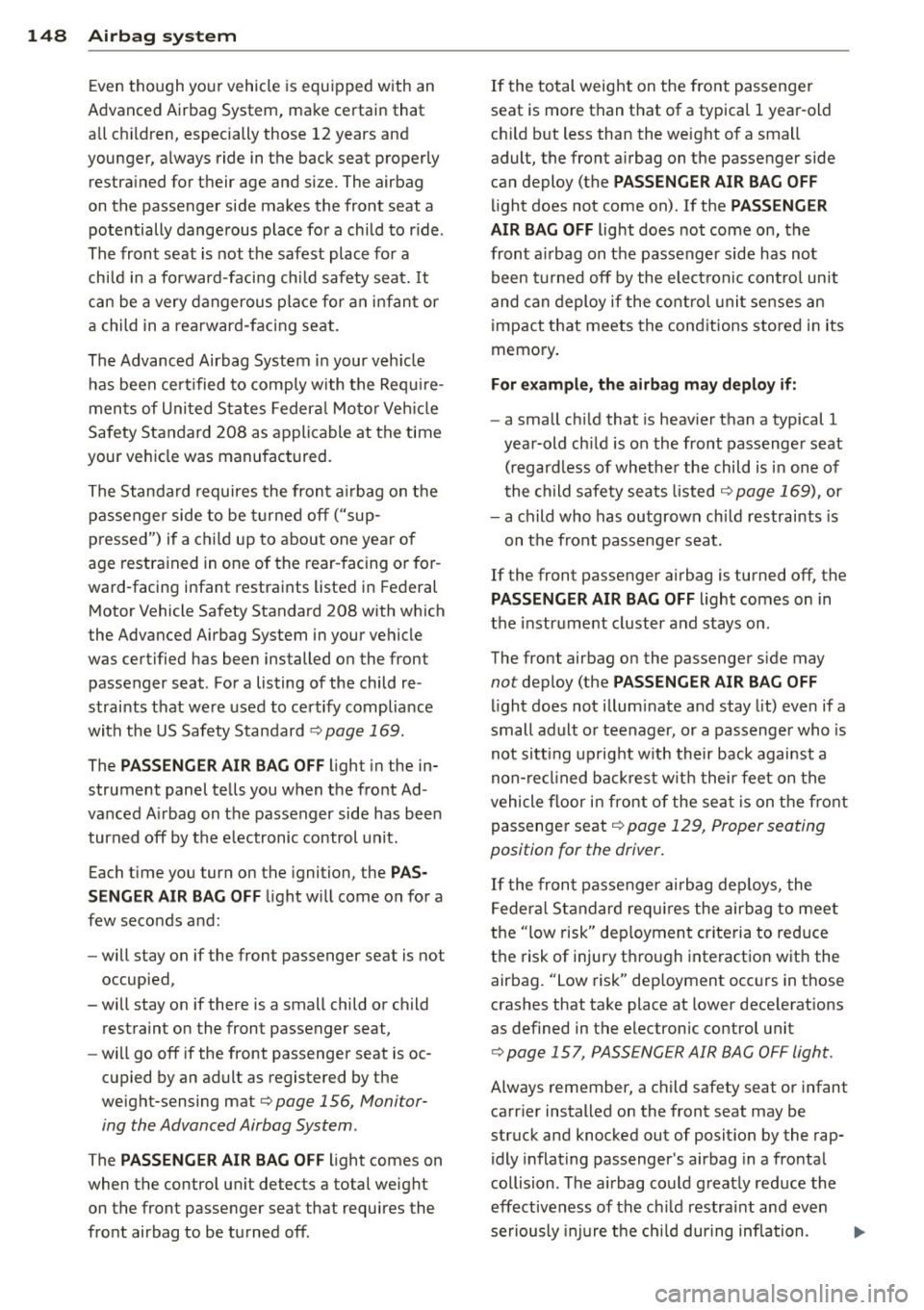
148 Airbag sys tem
Even tho ugh your vehicle is equip ped with an
Advanced Airbag System , make certain that
a ll c hildren, especially those 12 years and
younge r, a lways ride in the back seat properly
restra ined for their age and size. The airbag
on the passenger side makes the front seat a potentially dangerous place for a ch ild to r ide.
The front seat is not the safest place for a
child in a fo rward-facing ch ild safety seat. It
can be a very dangerous place for a n infant or
a child in a rea rward-facing seat.
The Advanced Airbag System i n your veh icle
has been certified to comp ly with the Requ ire
men ts of Uni ted Sta tes Federa l Mo tor Veh icle
Safety Standard 208 as applicable at the time
your veh icle was manufactured.
The Standard requires the front a irbag on t he
passenger side to be turned off ("sup
pressed") if a ch ild up to about one year of
age restrained in one of the rear -facing o r for
ward -facing infant restraints listed i n Federal
Motor Vehicle Safety Standard 208 with which
the Advanced A irbag System in your vehicle
was certified has been installed o n the front
passenger seat . For a listing of the child re
strai nts t hat we re used to certify compliance
with the US Safety Standard
r=vpage 169.
The PASSENGER AIR BAG OFF light in the in
strument panel te lls you when the front Ad
vanced A irbag on the passenger side has been
turned off by the e lectronic control unit.
Each t ime you turn on the ignition, the
PAS
SENGER AIR BA G OFF
light will come on for a
few seconds a nd:
- will stay on if the front passenger seat is not
occupied,
- wi ll stay on if there is a small child or child
restraint on the front passenger seat,
- wi ll go off if the front passenger seat is oc
cupied by an adult as registered by the
weight-sensing mat
r=v page 156, Monitor
ing the Advanced Airbag System .
The PASSENGER AIR BAG OFF light comes on
when the control un it detects a total weight
on the front passenger seat that requ ires the
fro nt airbag to be turned off.
If the total weight on the front passenge r
seat is more than that of a typica l 1 year -old
c hil d but less than the weight o f a small
adult, the front airbag on the passenger side
can deploy (the
PASSENGER AIR BAG OFF
li ght does not come on). If the PASSENGER
AIR BAG OFF
light does not come on , the
front a irbag on the passeng er side has not
been turned off by the elec troni c con trol unit
and can deploy if the control uni t se nses an
impact that meets the cond itions stored in its
memo ry .
For example, the airbag may deploy if:
- a small ch ild that is heav ier t han a typical 1
year-old ch ild is on the front passenger seat
( r egard less of whethe r the child is i n one of
t he child safety seats listed
r=v page 169), or
- a child who has outgrown ch ild restraints is
on t he front passenge r seat.
If the front passenger airbag is turned off, the
PASSENGER AIR BAG OFF light comes on in
the instr ument cluster and stays on.
The front airbag on the passenger s ide may
not deploy (the PASSENGER AIR BAG OFF
li gh t does not illum inate and stay lit) even if a
small adult o r teenager, or a passenger who is
not sitt ing up rig ht w ith their back against a
non- recl ined ba ck res t w it h thei r feet on the
vehicle f loor i n front of the sea t is on the front
passenger seat
r=v page 129 , Proper seating
position for the driver.
If t he fron t passenger a irbag dep loys, the
F ede ra l Standard req uires the airbag to meet
t h e "low risk" dep loyment criteria to red uce
t h e risk of injury t hrough interactio n wit h the
airbag. "Low risk" dep loyment occ urs in those
crashes that take place at lower dece lerat ions
as defined in the electronic control unit
r=v page 157, PASSENGER AIR BAG OFF light .
Always remember, a child safety seat or infant
carr ier installed on the front seat may be
struck and knocked out of posit ion by the rap
idly inflat ing passenger 's airbag in a fronta l
collision . T he a irbag could great ly reduce the
effectiveness of the ch ild restra int and even
seriously injure t he ch ild dur ing inflation .
Page 151 of 296

For this reason, and because the back seat is
the safest place for children - when properly restrained according to their age and size - we
strongly recommend that children always sit in the back seat
Q page 167, Child Safety.
A WARNING
-
A child in a rearward-facing child safety seat installed on the front passenger seat
w ill be seriously injured and can be k illed if
the front a irbag inflates - even with an Ad
vanced Airbag System.
- T he inflating a irbag w ill hit the child
safety seat or infant carrier w ith great
force and w ill smash the ch ild safety sea t
and child against the backrest, cente r
armrest, door or roof .
- Always install rear -facing child safety
seats on the rear seat.
- If you mus t inst all a rearward facing
child safety seat on the front passenger
seat beca use of exceptional circumstan
ces and the
PASSENGER AIR BAG OFF
light does not come on and stay on , im
med iately install the rear-facing child
safety seat in a rear seating posit ion and
have the a irbag system inspected by your
authorized Aud i dealer .
- Forward-fac ing ch ild safety seats instal
led on the front passenger's seat may in
terfe re with the deployment of the air
bag and cause se rious personal injury to
the ch ild.
A WARNING
If, in exceptional c irc umstances, you mus t
install a forwa rd-facing child restra int on
the front passenger's seat:
- Alw ays make sure the forw ard -fac ing
sea t has been des igned and certified by
its manufacturer for use on a front seat
with a passenger front and side airbag.
- Never put the forward -facing child re
straint up aga inst or very near the instru
ment pane l.
- Always move the passenger seat into its
rearmost position in the seat's fore and
A irbag system 149
aft ad justment range, as far away from
the airbag as possible before installing
the forward-fac ing ch ild restraint. The
backrest must be adj usted to an upright
position .
- Make sure that the
PASSENGER AIR BAG
OFF
li ght comes on and stays on all the
time wheneve r the ignit ion is switched
on.
A WARNING
T o reduce the risk of ser ious injury, make
su re that the
PASSENGER AIR BAG OFF
light w ill be displayed whenever a child re
straint is installed on the front passenger
seat and the ignition is switched on.
- If the
PASSENGER AIR BAG OFF light
does not s tay on, per form the checks de
scribed
Q page 156, Monitoring the Ad
vanced Airbag System.
- Take the chi ld restraint off the front pas
senger seat and install it properly at one
of the rear seat positions if the
PASSEN
GER AIR BAG Off light does not stay on.
- Have the airbag system inspected by
your author ized Audi dealer immed iate
ly .
-Always carefu lly follow instr uctions from
child restraint manufacturers when in
stall ing ch ild restra ints .
A WARNING
If, in except iona l circumstances, you must
install a forward or rearward-facing child
restra int on the front passenger's seat :
- Improper instal lation of ch ild restraints
can reduce their effectiveness o r even
prevent them from providing any protec
tion.
- An improper ly installed ch ild restra int
can interfere with the airbag as it de
ploys and seriously i njure o r even kill the
child -even with an Advanced Airbag
System.
- Always carefu lly follow the manufact ur
er 's ins tructions p rov ided with the ch ild
safety seat or carrier . •
•
Page 152 of 296
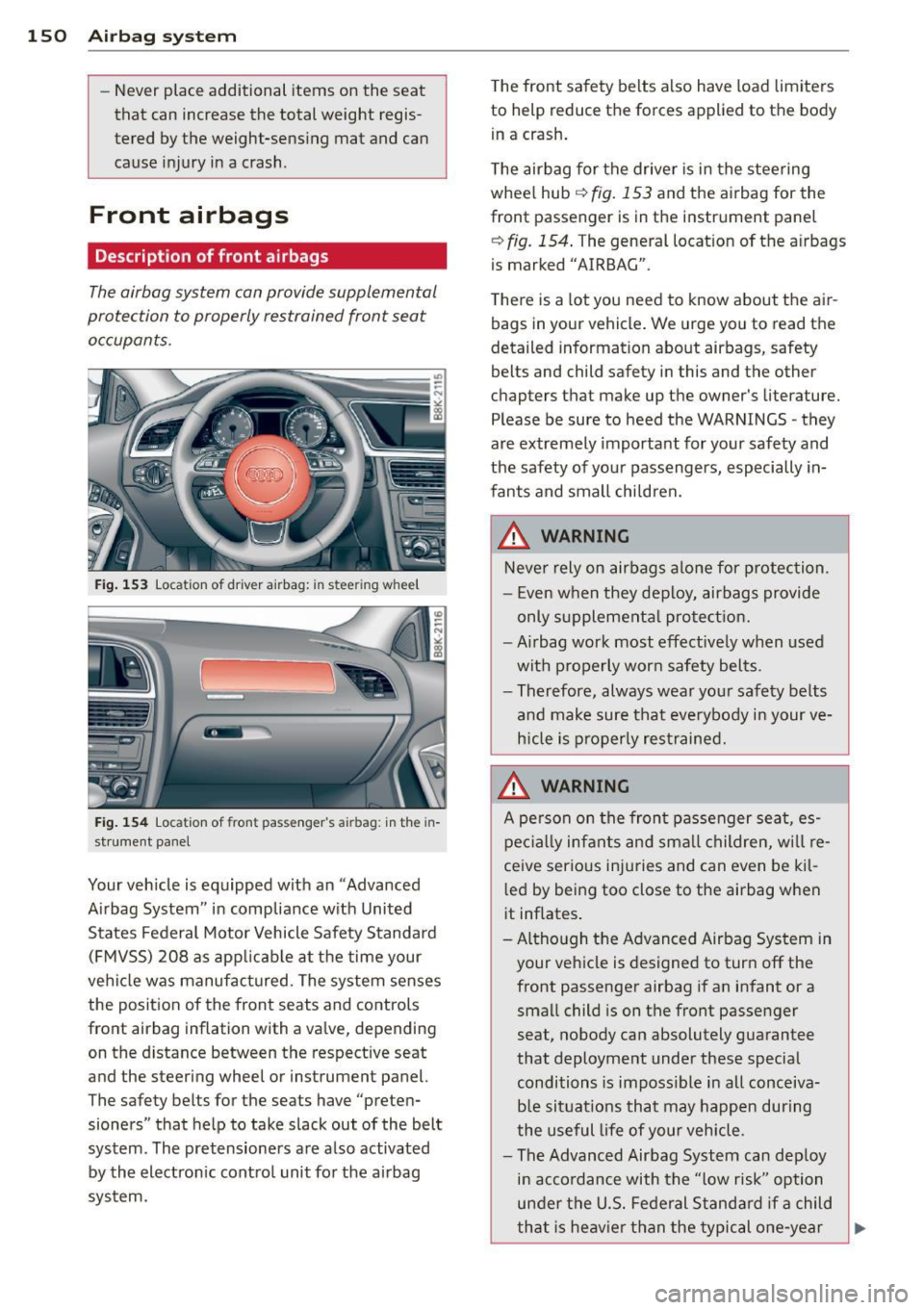
150 Airbag system
-Never place additiona l items on the seat
that can increase the total weight regis
tered by the weight-sensing mat and can
cause injury in a crash.
Front airbags
Description of front airbags
The airbag system can provide supplemental
protection to properly restrained front seat
occupants.
F ig . 153 Location of driver airbag: in steer ing whee l
Fig. 15 4 Location of front passenger's airbag: in the in
strument panel
Your veh icle is equipped with an "Advanced
A irbag System" in compliance with United
States Federal Motor Vehicle Safety Standard ( FM VSS) 208 as app licab le at the time your
ve hicl e was manufac tured. The system senses
the position of the front seats and controls
front airbag inflation with a valve, depending
on the distance between the respect ive seat
and the steering wheel or instrument panel.
The safety belts for the seats have "preten
sioners" that he lp to take slack out of the belt
system . The pretensioners a re also activated
by the electron ic cont ro l unit for the ai rbag
system. T
he front safety belts also have load limiters
to help reduce the forces applied to the body
i n a crash .
T he airbag for the drive r is in the stee ring
whee l hub¢
fig. 153 and the airbag for the
front passenger is in the instrument panel
~ fig. 154 . The general locat ion of the a irbags
is marked "AIRBAG".
T here is a lot you need to know about the ai r
bags in your vehicle. We urge you to read the
detailed information about airbags, safety
belts and child safety in this and the other
chapters that make up the owner's literature.
P lease be sure to heed the WARNINGS -they
are extremely importa nt for your safety and
the safety of your passengers, especially in
fants and small chi ldren.
_&. WARNING
Neve r rely on airbags alone for p rotection.
- Even w hen they deploy, airbags provide
only s upplement al pro te ctio n.
- Airbag work most effect ive ly when used
with p roperly wor n safety bel ts.
- Therefore, always wea r you r safety belts
a nd make sure tha t eve rybody in your ve
h icle is p roperly res trained.
_&. WARNING
A pe rson on the front passenger seat, es
pe cial ly infa nts and sm all ch ildren, w ill re
ceive serio us inju ries and can even be kil
l ed by being too close to the airbag when
it inflates .
- Although t he Advanced Airbag System in
your veh icle is designed to tur n off the
front passenger airbag if an infant or a
small child is on the front passe nger
seat, nobody can absolutely guarantee
that deployment under these special
conditions is imposs ible in all conceiva
b le sit uat ions that may happen during
the useful life of your vehicle.
- The Advanced Airbag System can dep loy
i n acco rdance with the "low risk" option
unde r the U.S . Feder al Standard if a child
that is heav ie r than the typical one -year
-
.
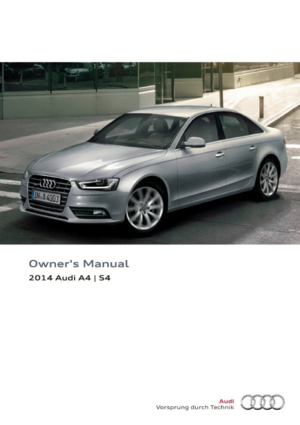 1
1 2
2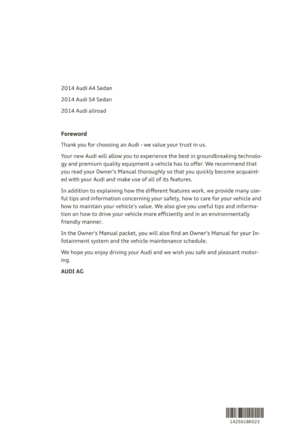 3
3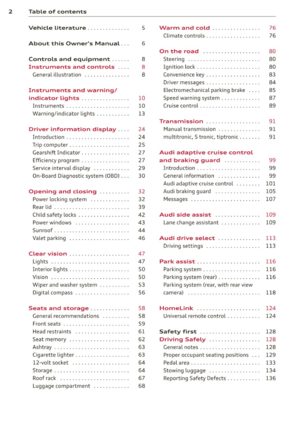 4
4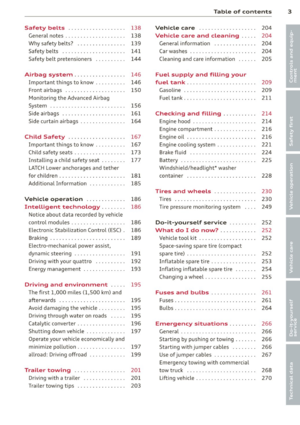 5
5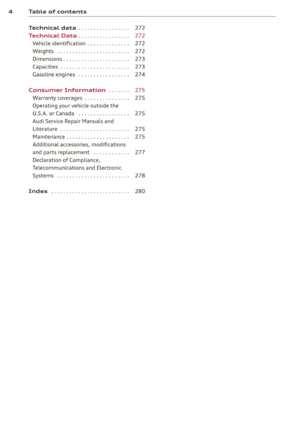 6
6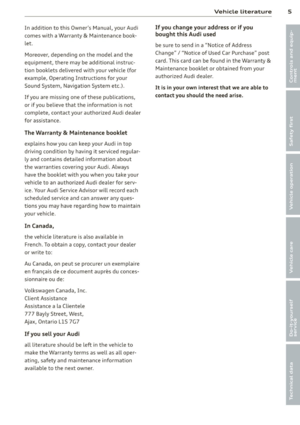 7
7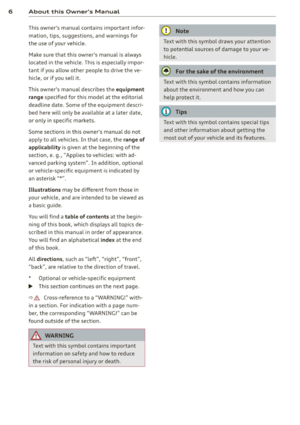 8
8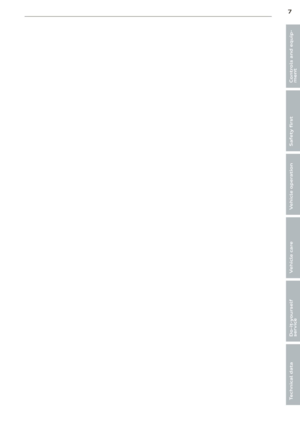 9
9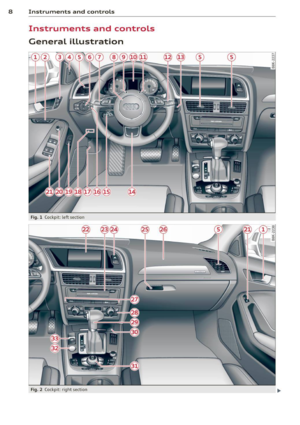 10
10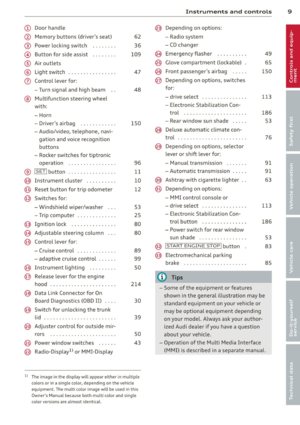 11
11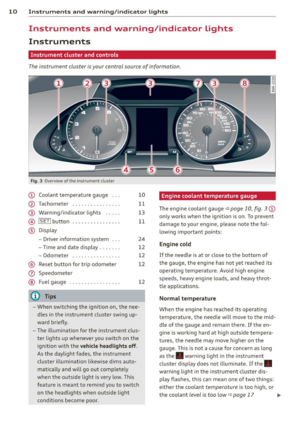 12
12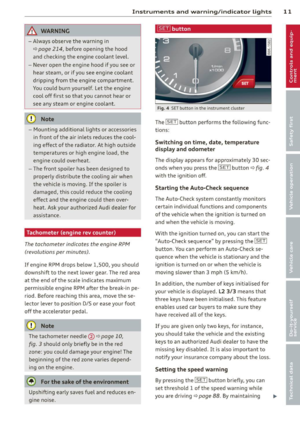 13
13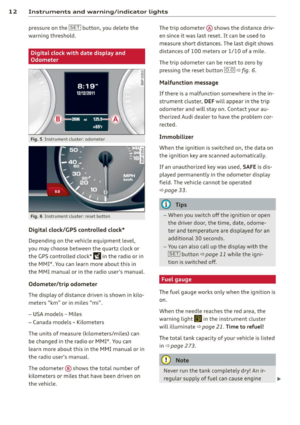 14
14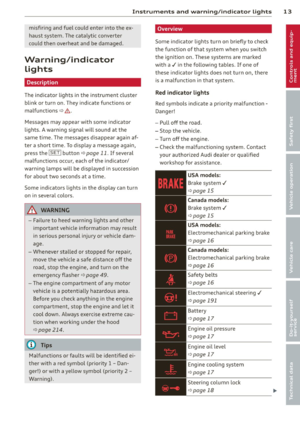 15
15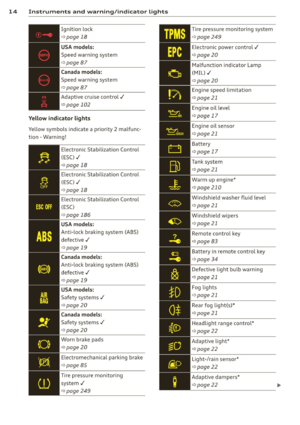 16
16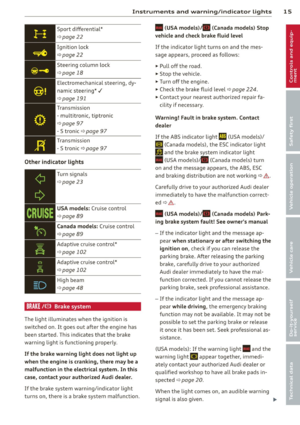 17
17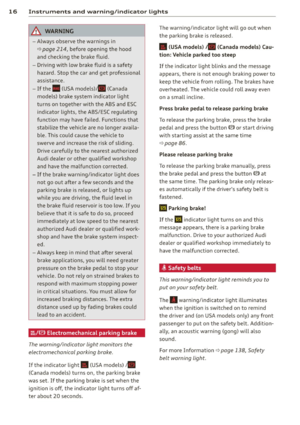 18
18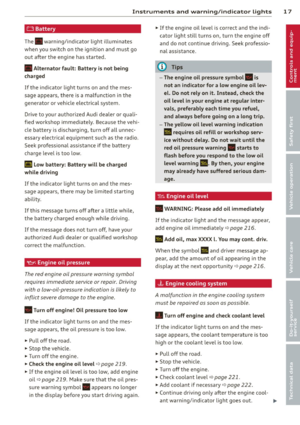 19
19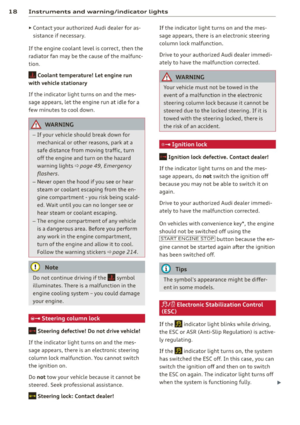 20
20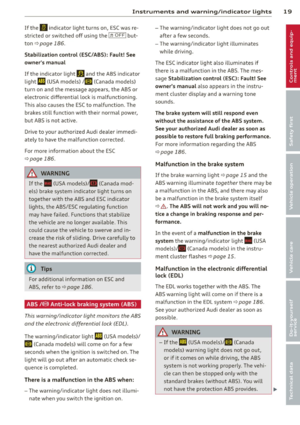 21
21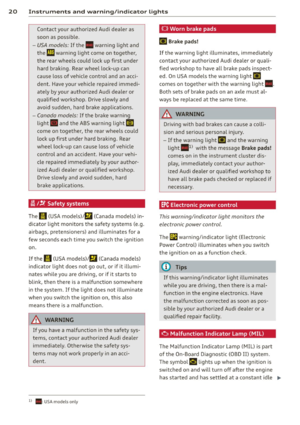 22
22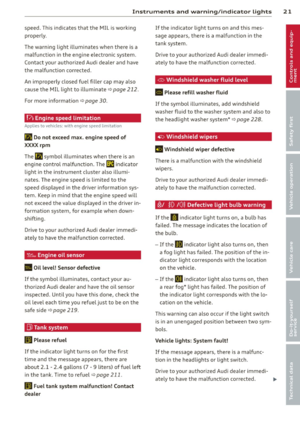 23
23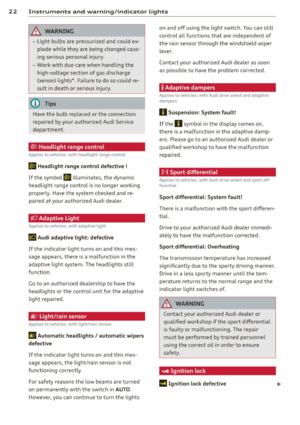 24
24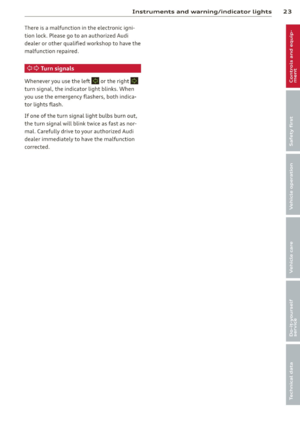 25
25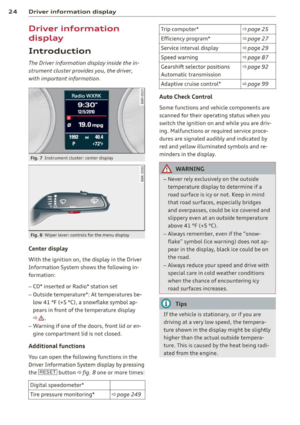 26
26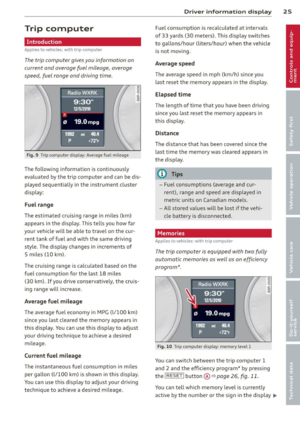 27
27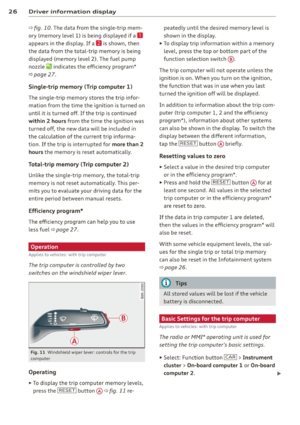 28
28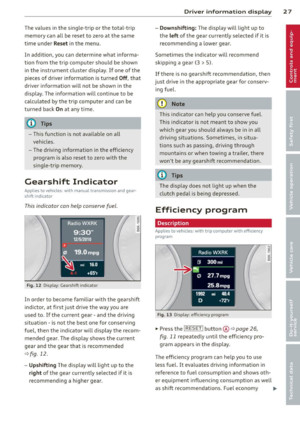 29
29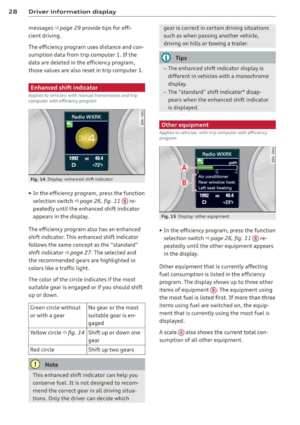 30
30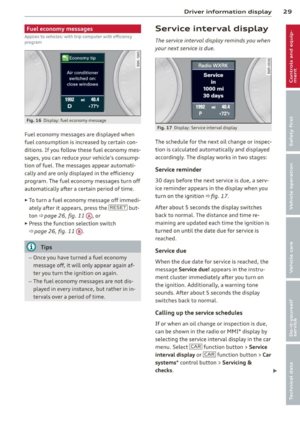 31
31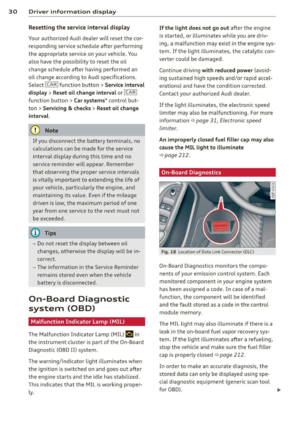 32
32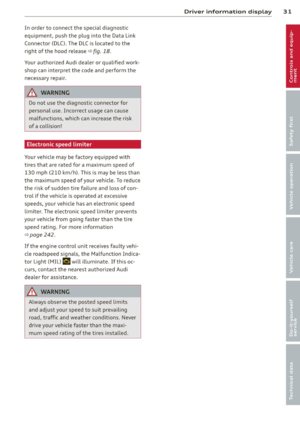 33
33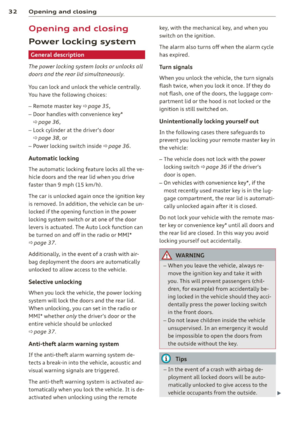 34
34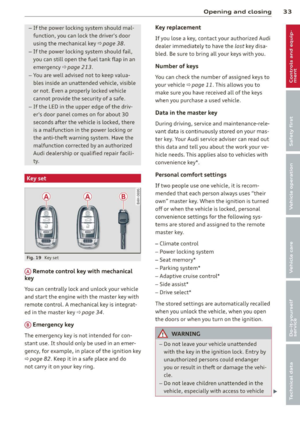 35
35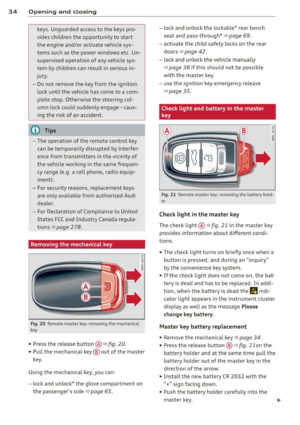 36
36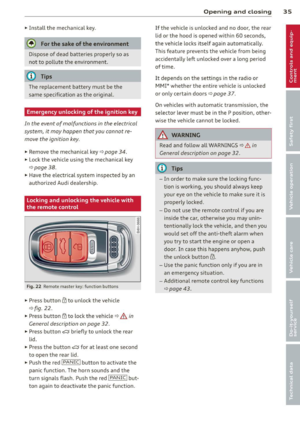 37
37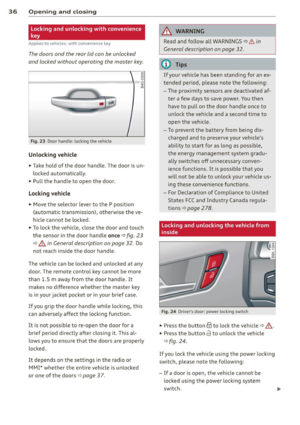 38
38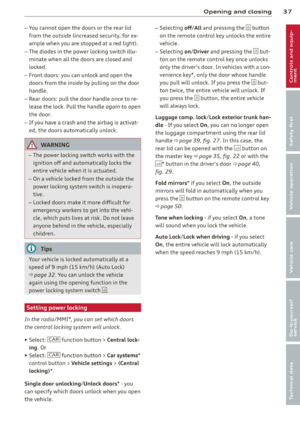 39
39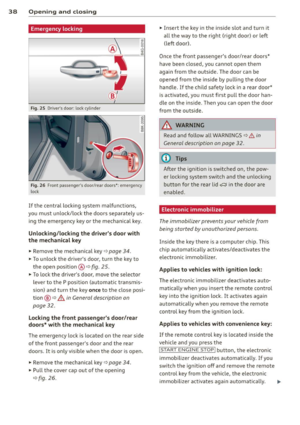 40
40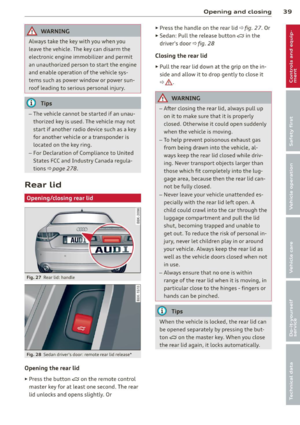 41
41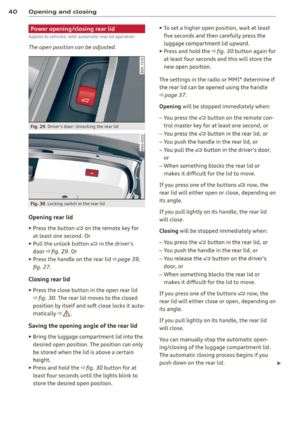 42
42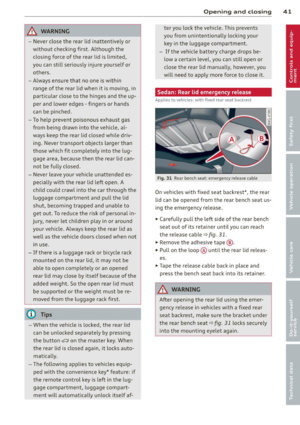 43
43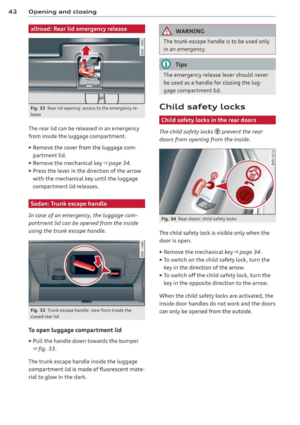 44
44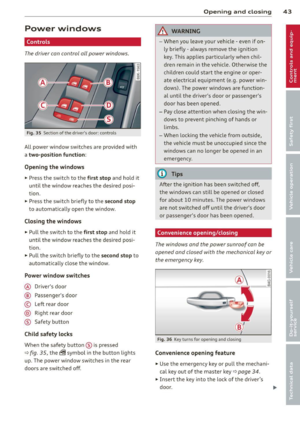 45
45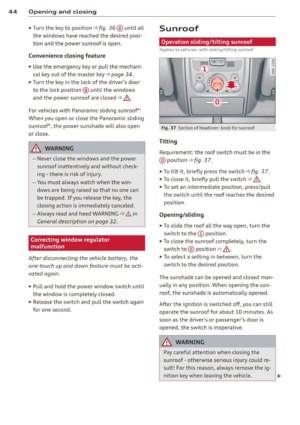 46
46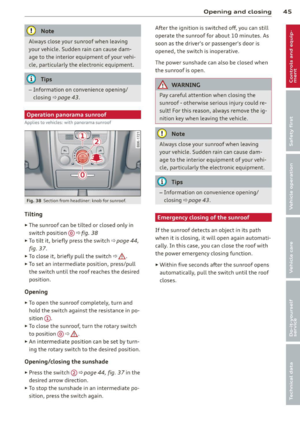 47
47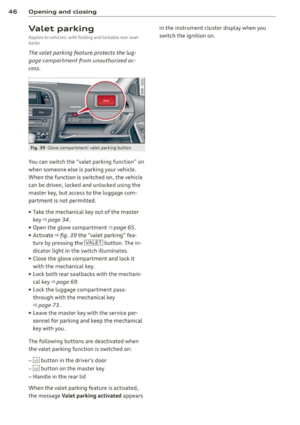 48
48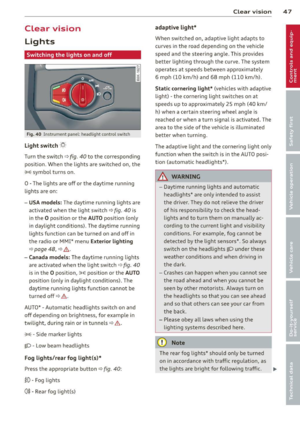 49
49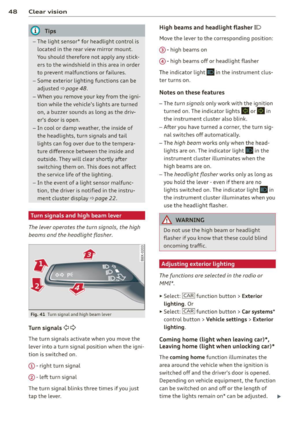 50
50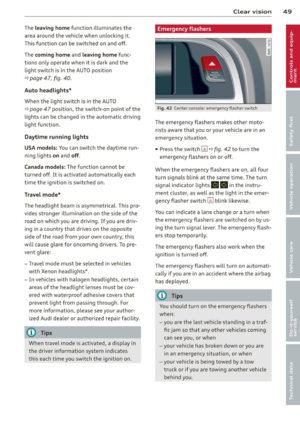 51
51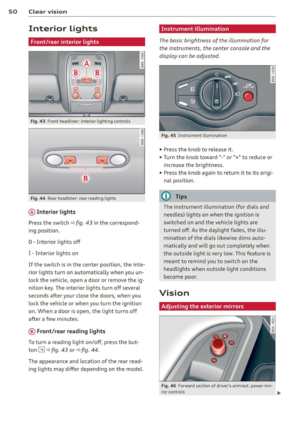 52
52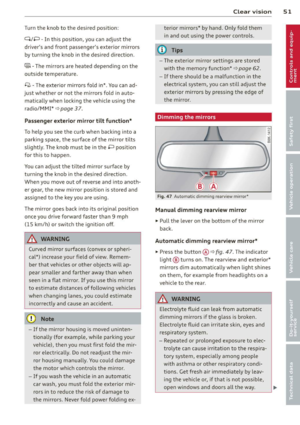 53
53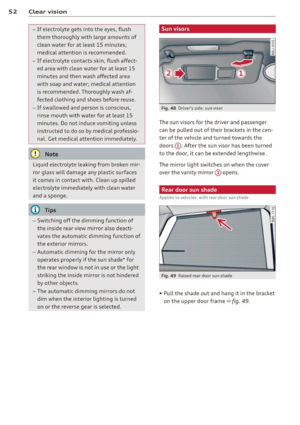 54
54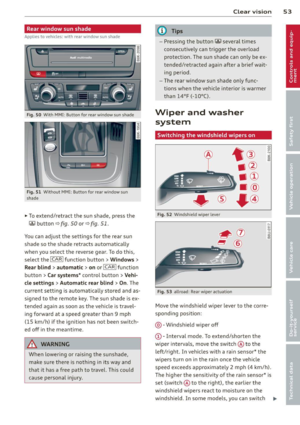 55
55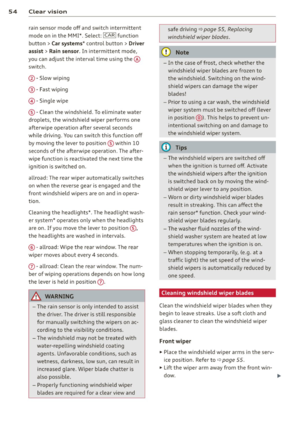 56
56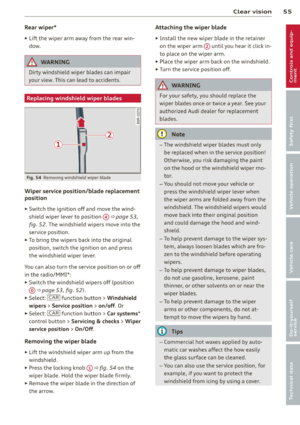 57
57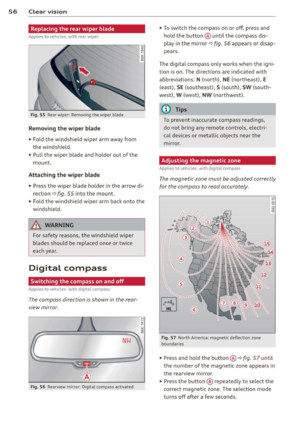 58
58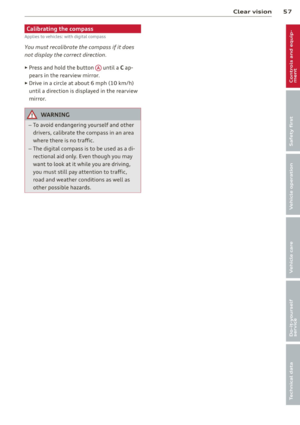 59
59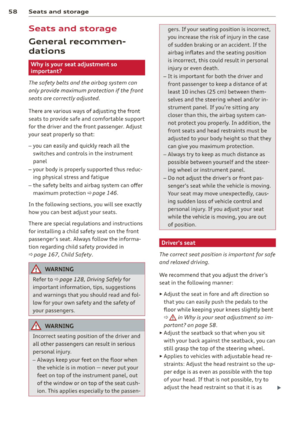 60
60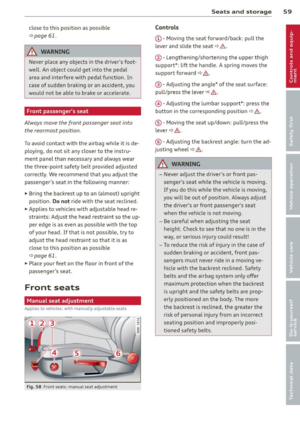 61
61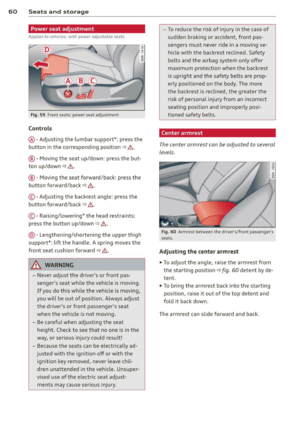 62
62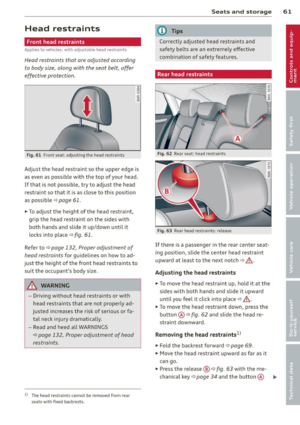 63
63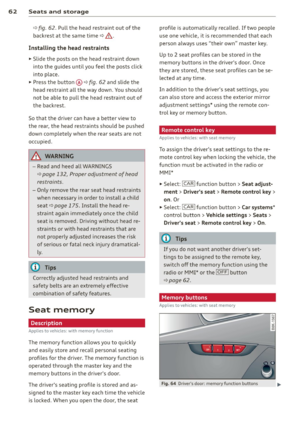 64
64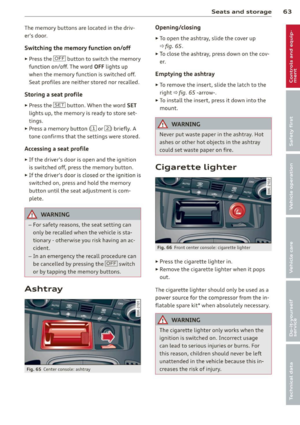 65
65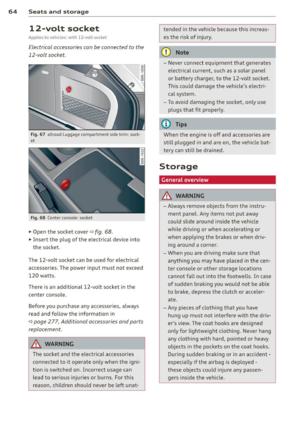 66
66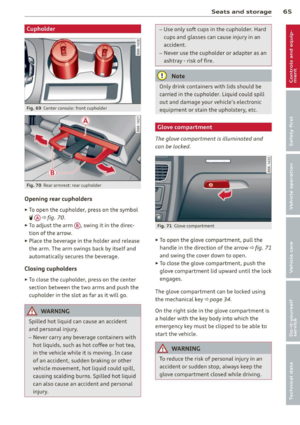 67
67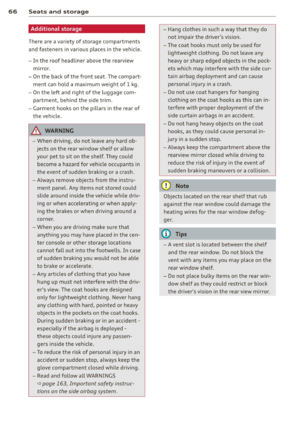 68
68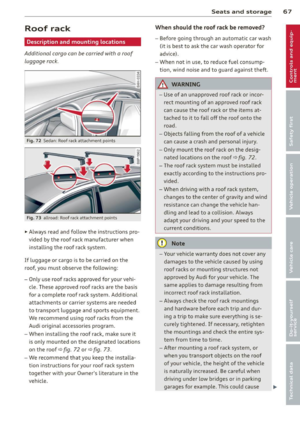 69
69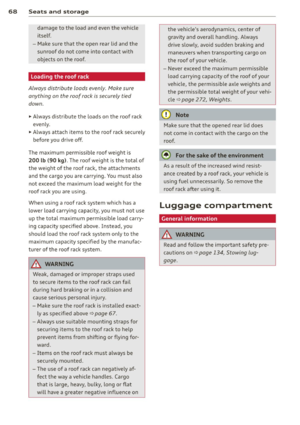 70
70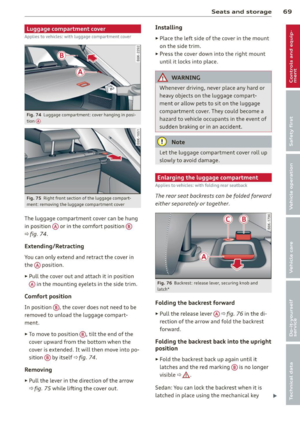 71
71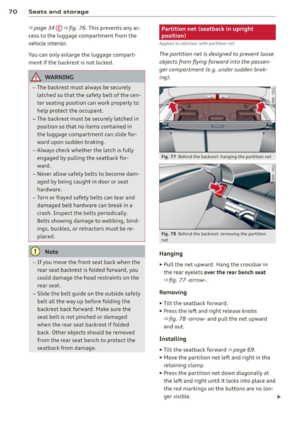 72
72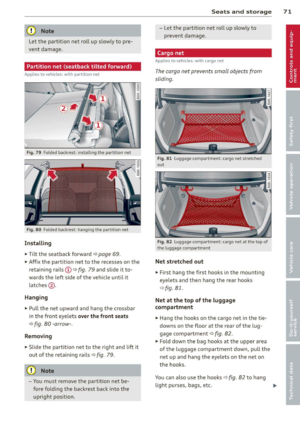 73
73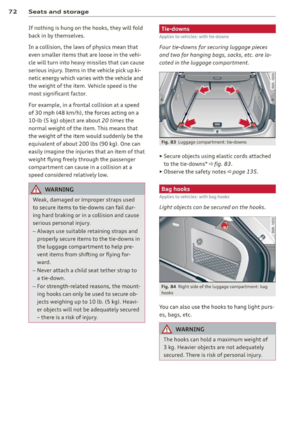 74
74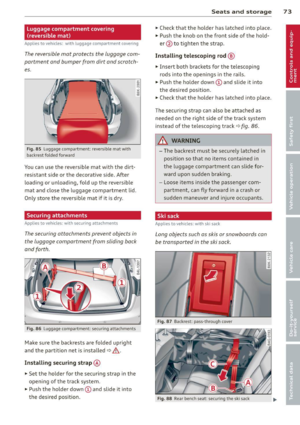 75
75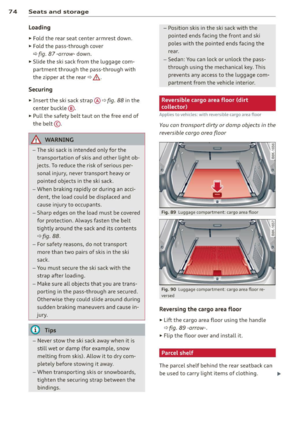 76
76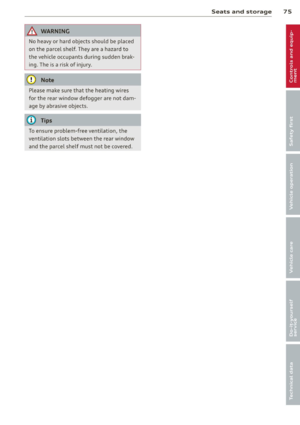 77
77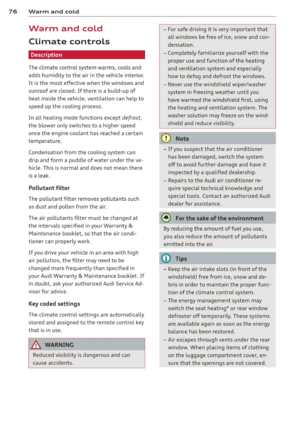 78
78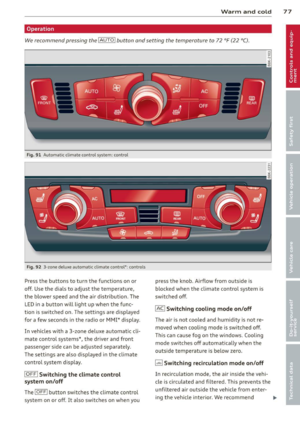 79
79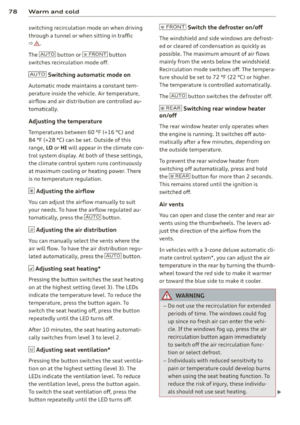 80
80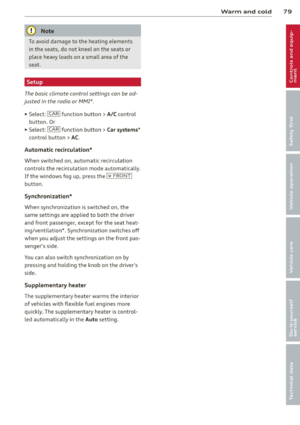 81
81 82
82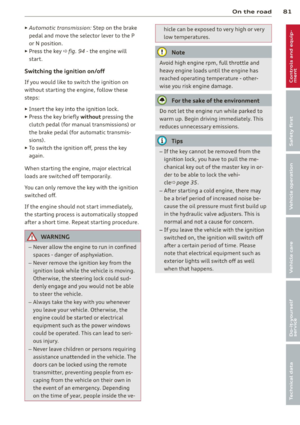 83
83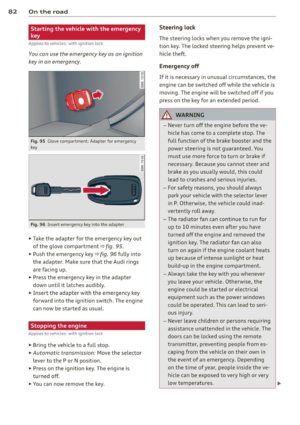 84
84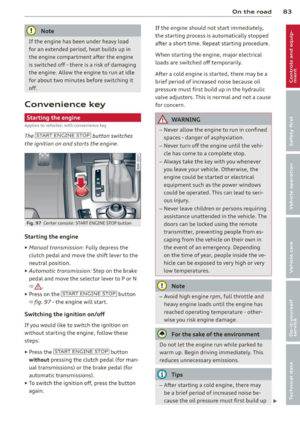 85
85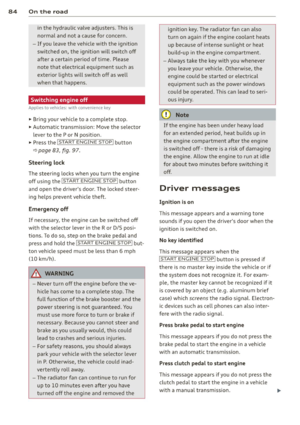 86
86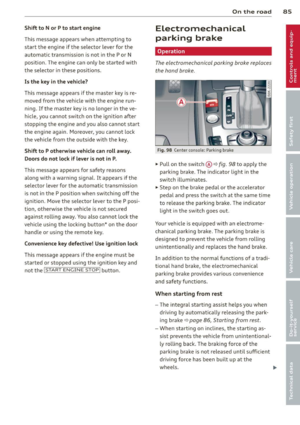 87
87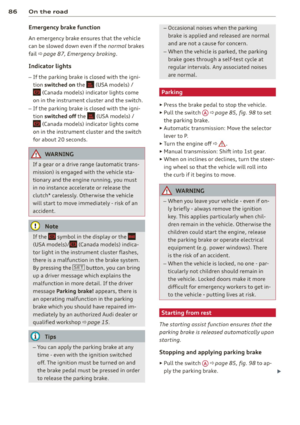 88
88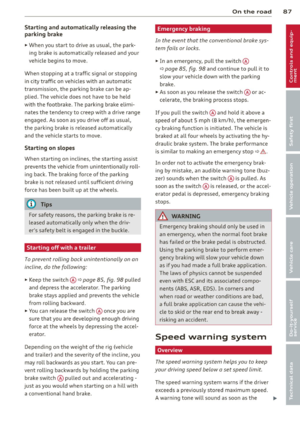 89
89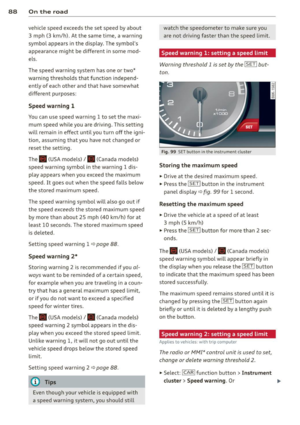 90
90 91
91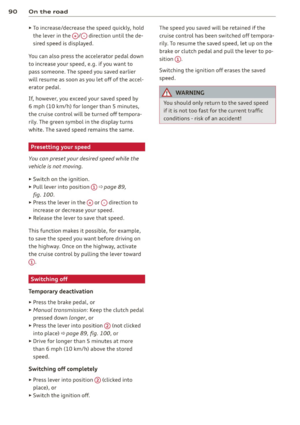 92
92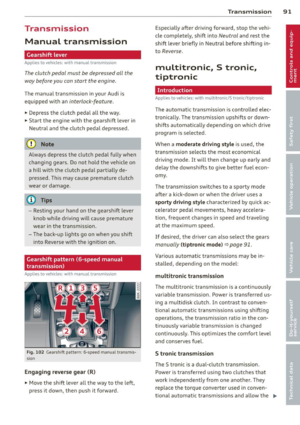 93
93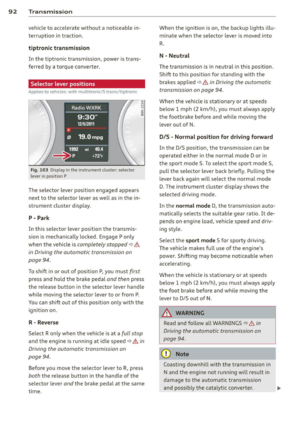 94
94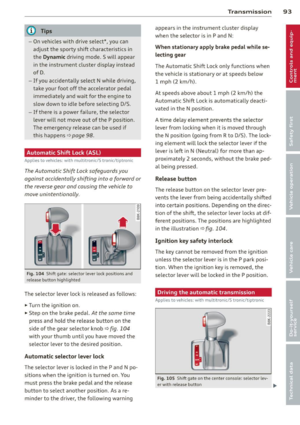 95
95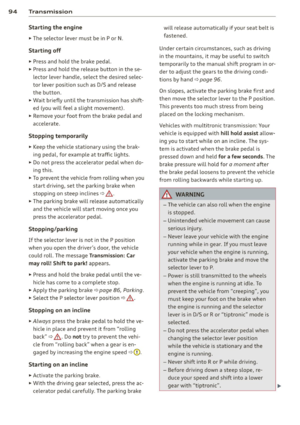 96
96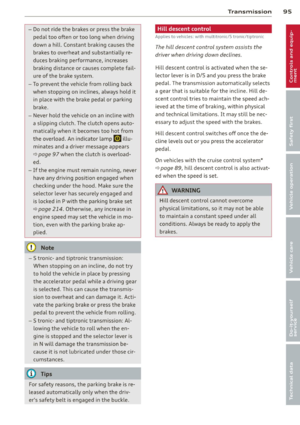 97
97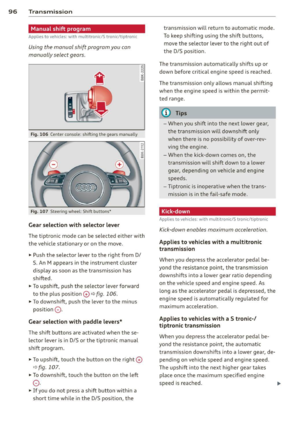 98
98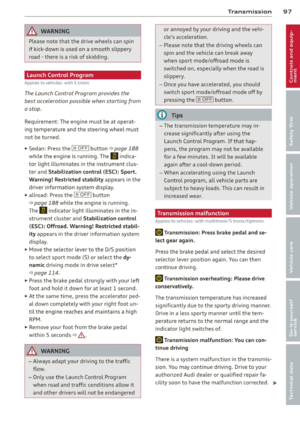 99
99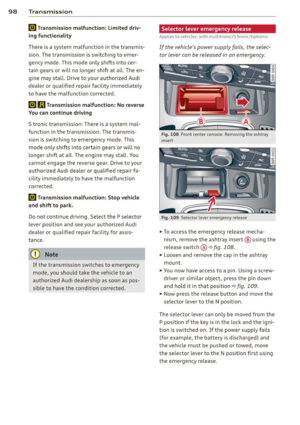 100
100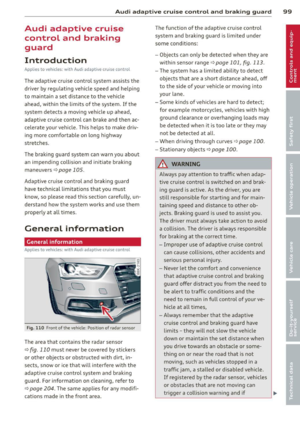 101
101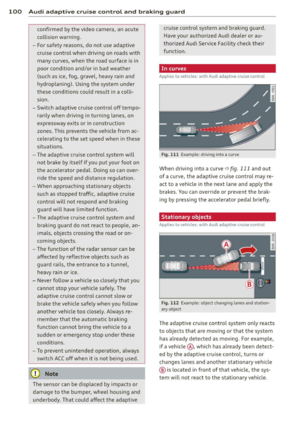 102
102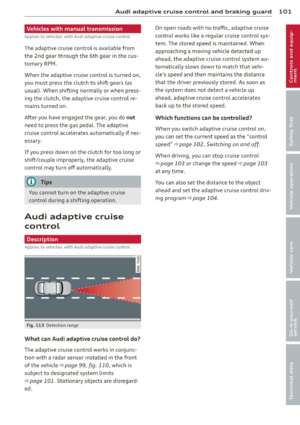 103
103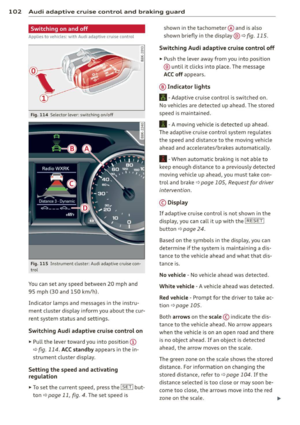 104
104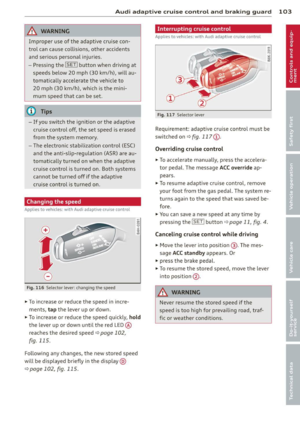 105
105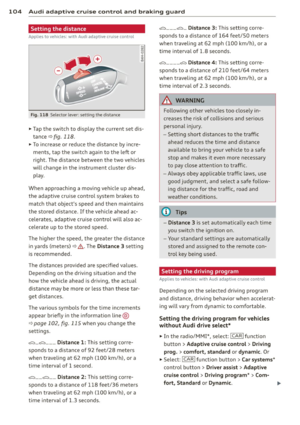 106
106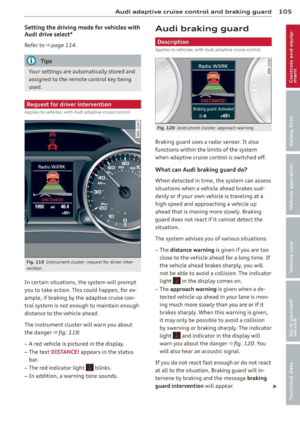 107
107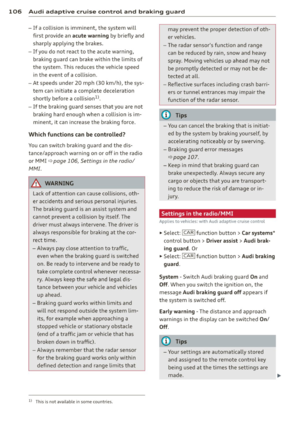 108
108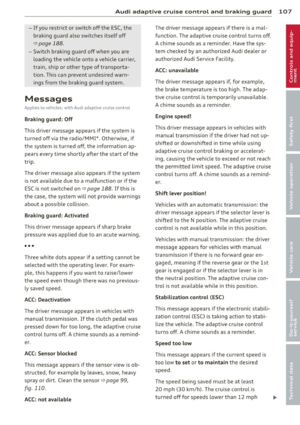 109
109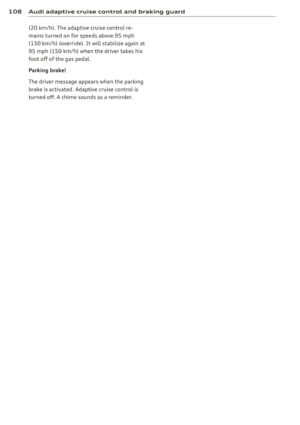 110
110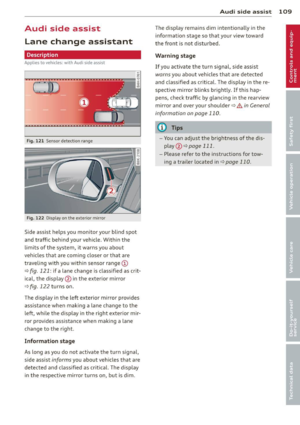 111
111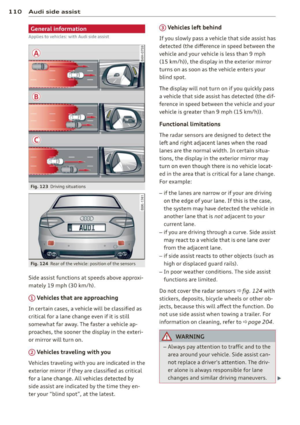 112
112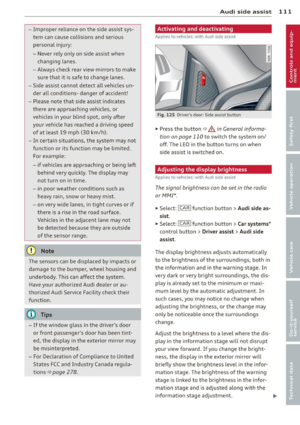 113
113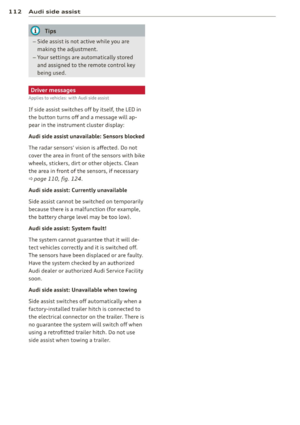 114
114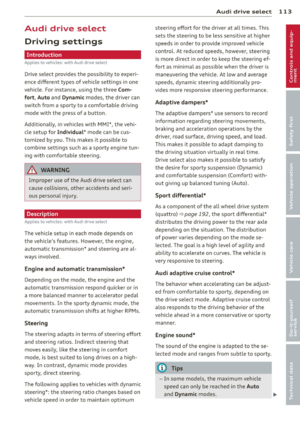 115
115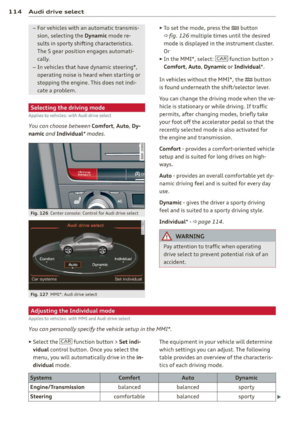 116
116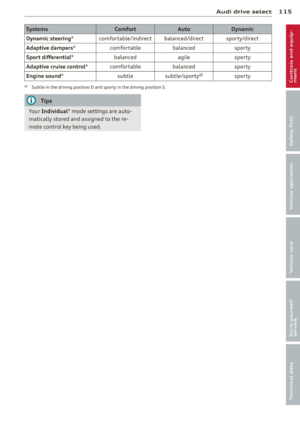 117
117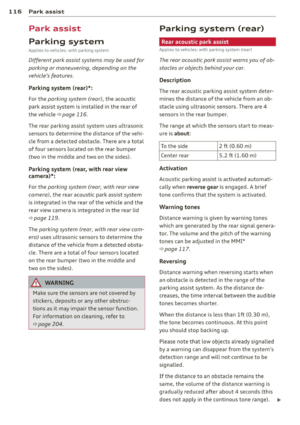 118
118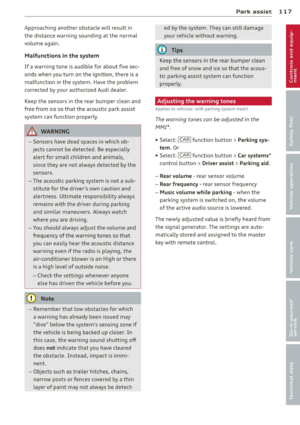 119
119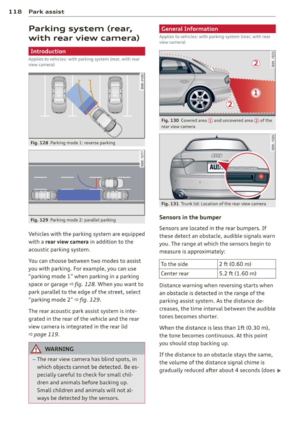 120
120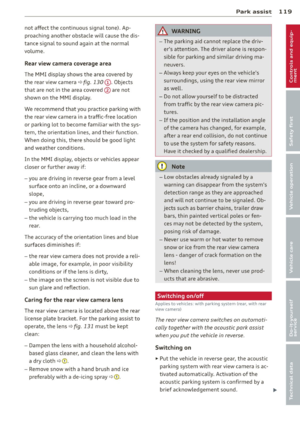 121
121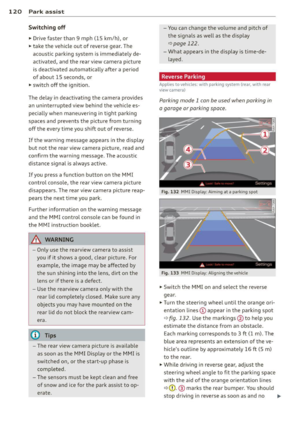 122
122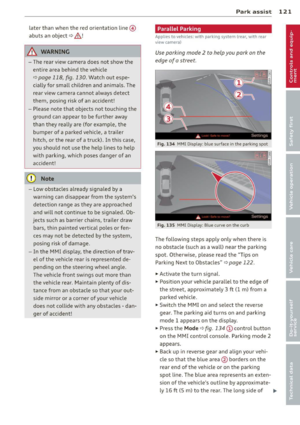 123
123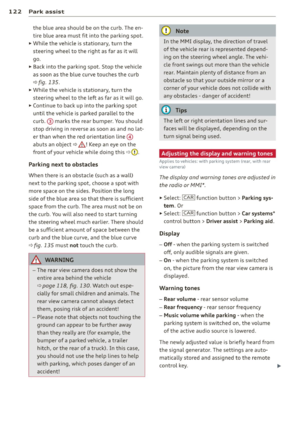 124
124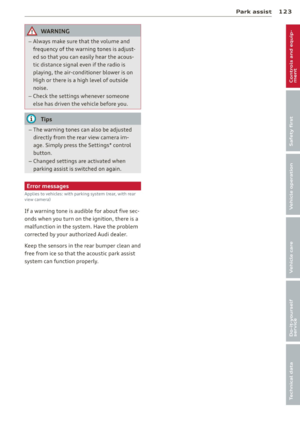 125
125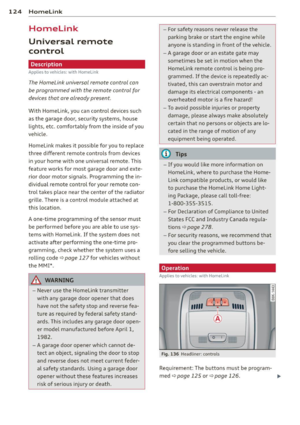 126
126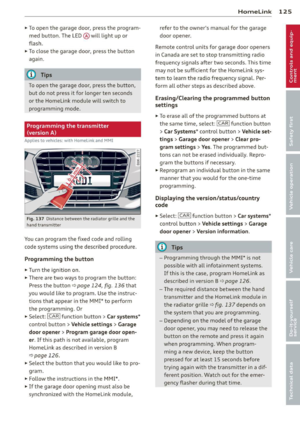 127
127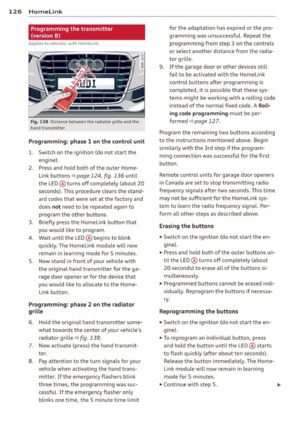 128
128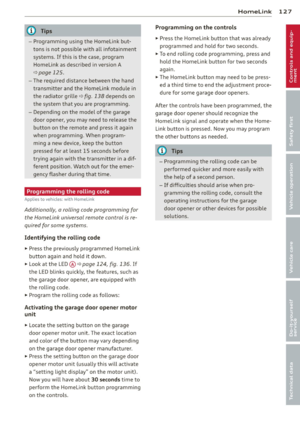 129
129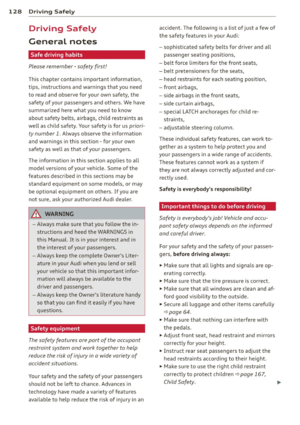 130
130 131
131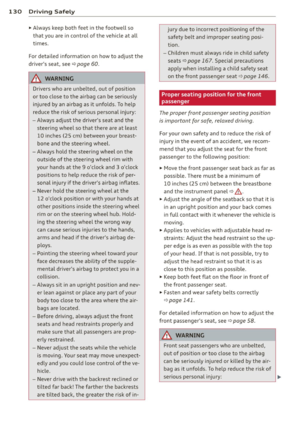 132
132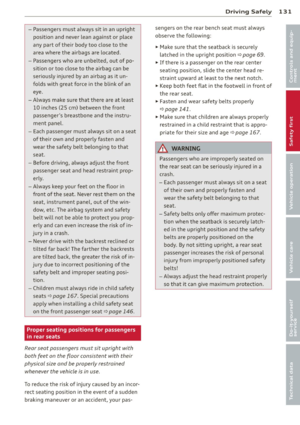 133
133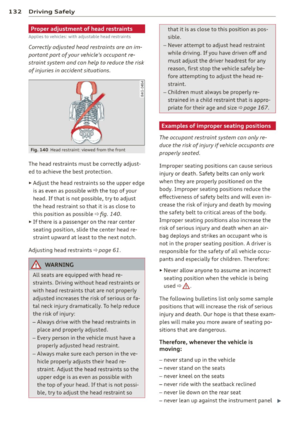 134
134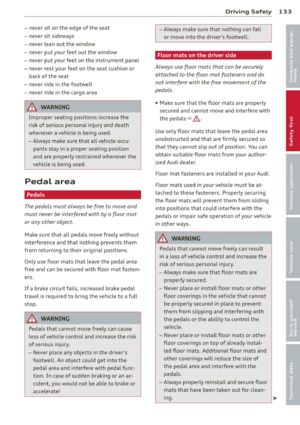 135
135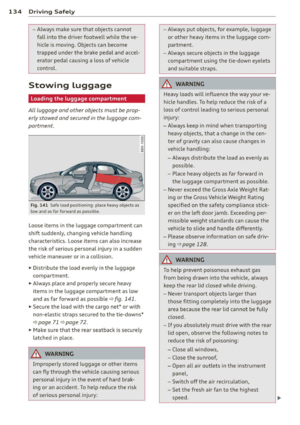 136
136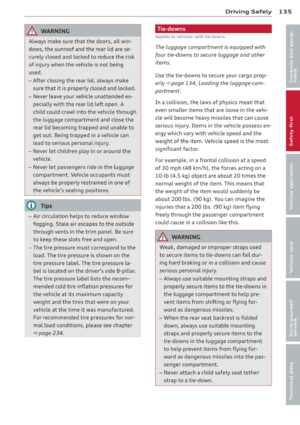 137
137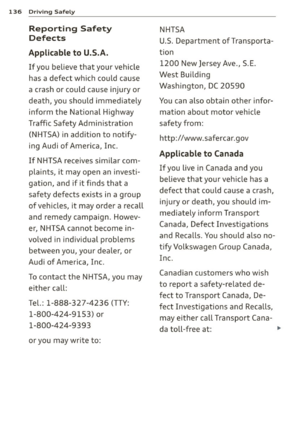 138
138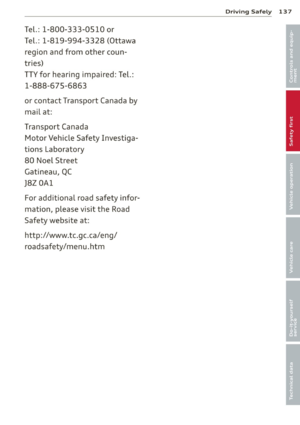 139
139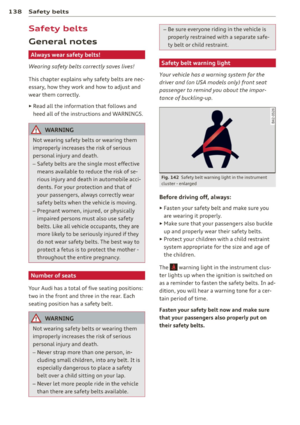 140
140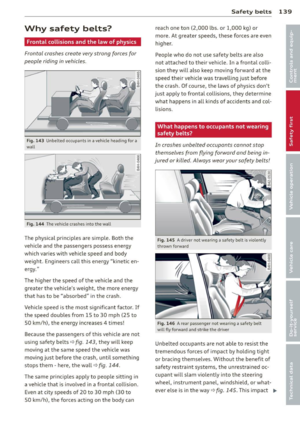 141
141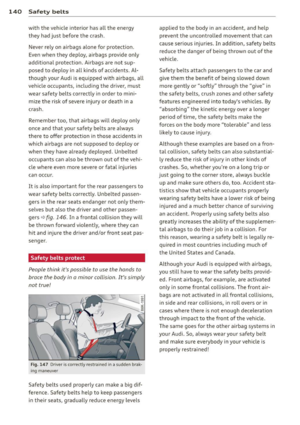 142
142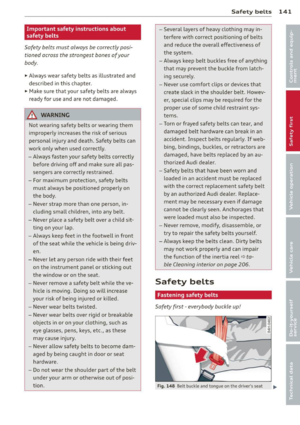 143
143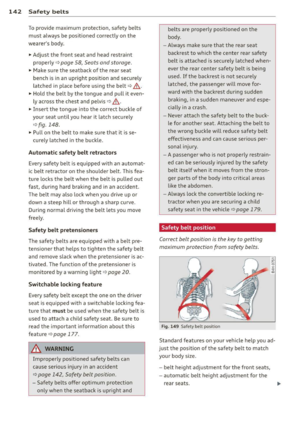 144
144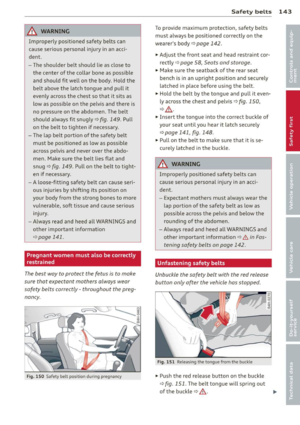 145
145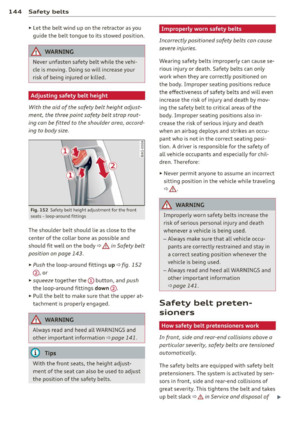 146
146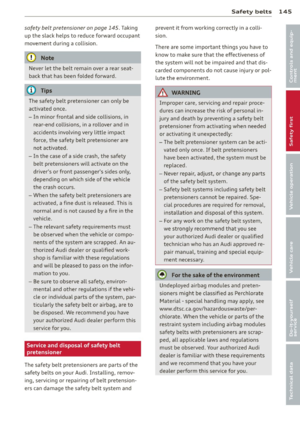 147
147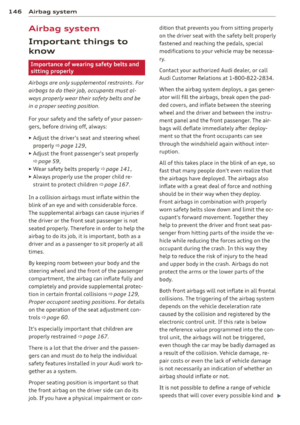 148
148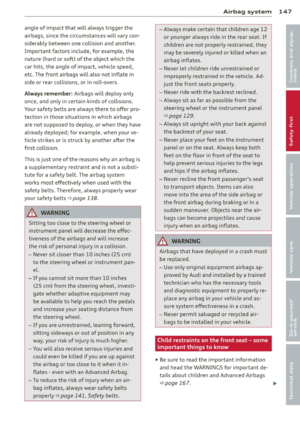 149
149 150
150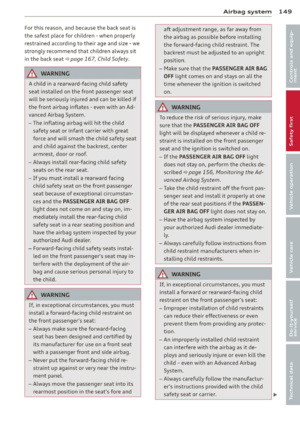 151
151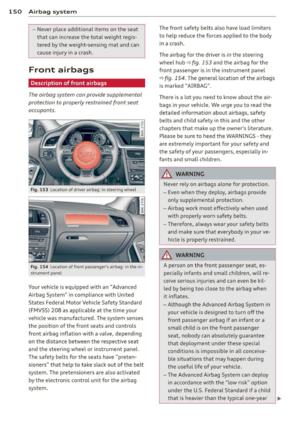 152
152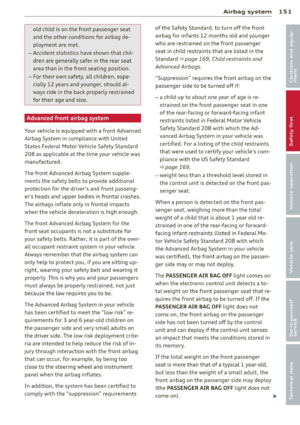 153
153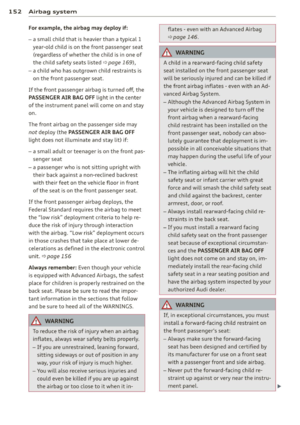 154
154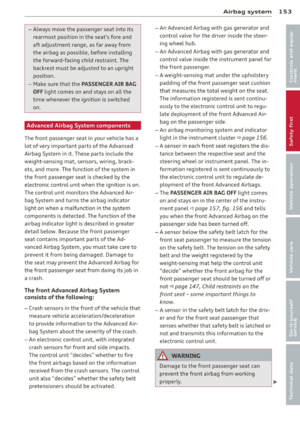 155
155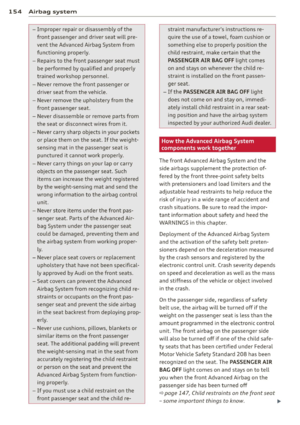 156
156 157
157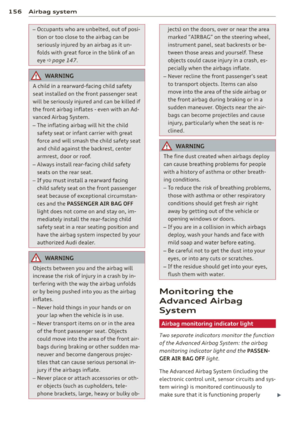 158
158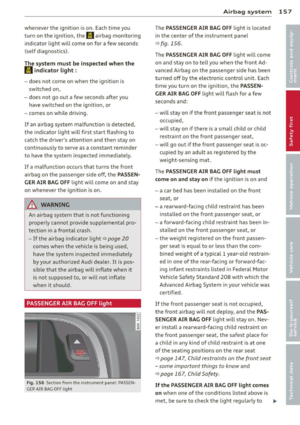 159
159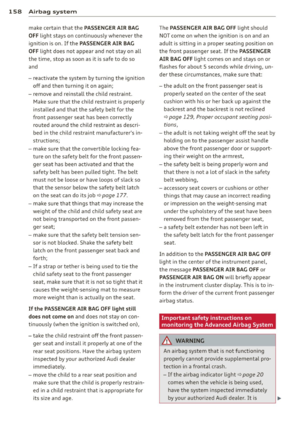 160
160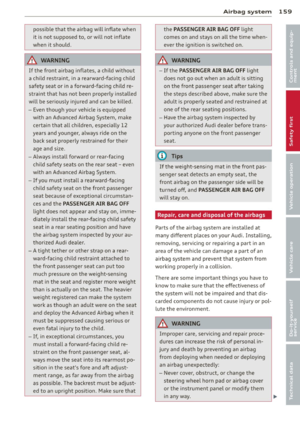 161
161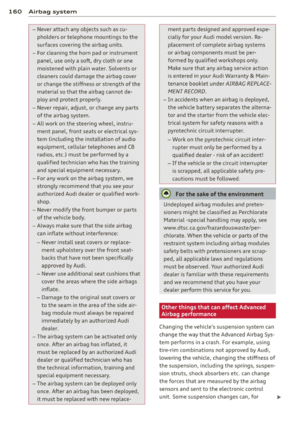 162
162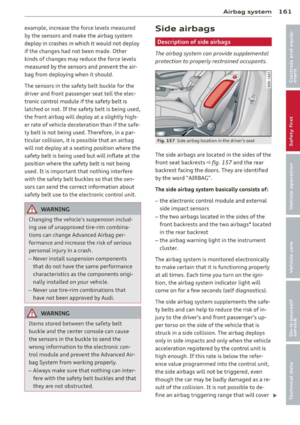 163
163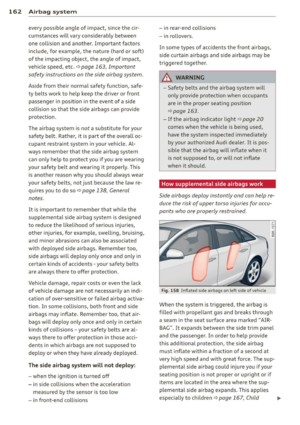 164
164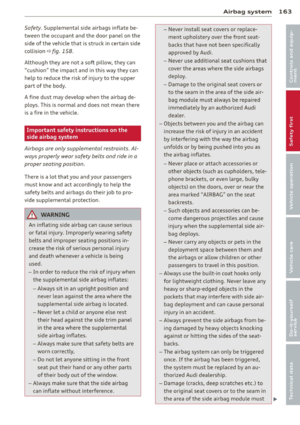 165
165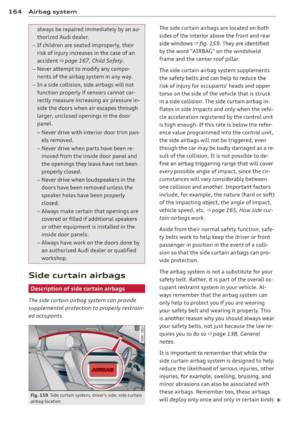 166
166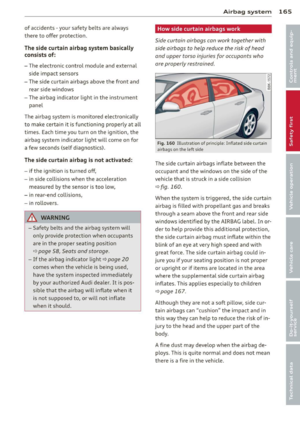 167
167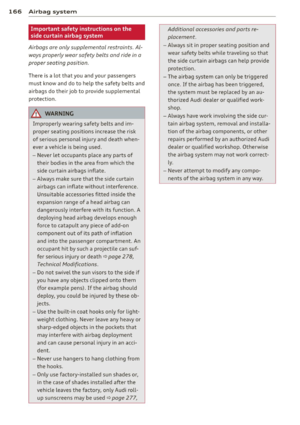 168
168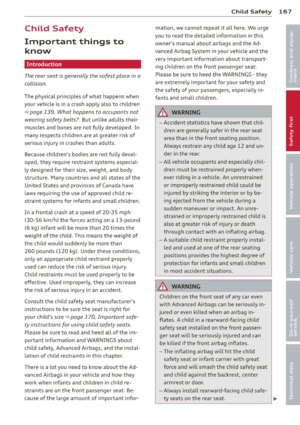 169
169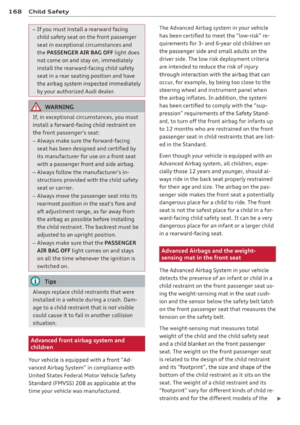 170
170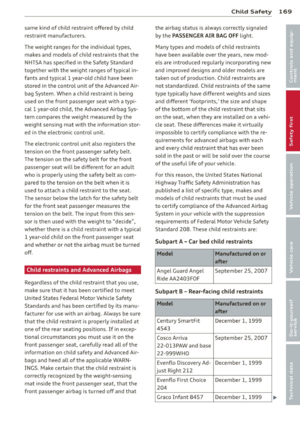 171
171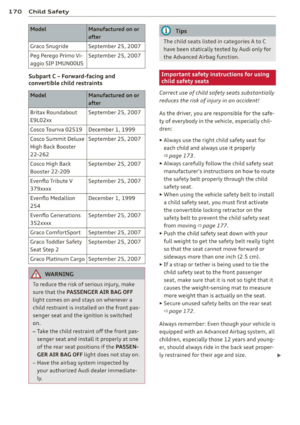 172
172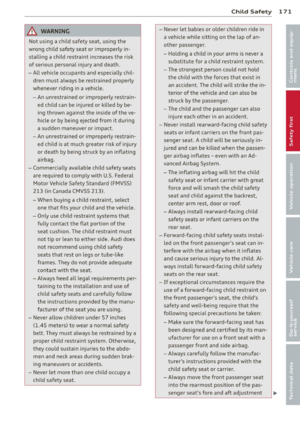 173
173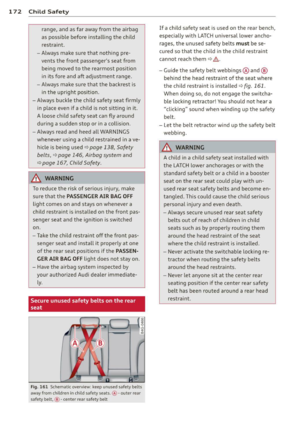 174
174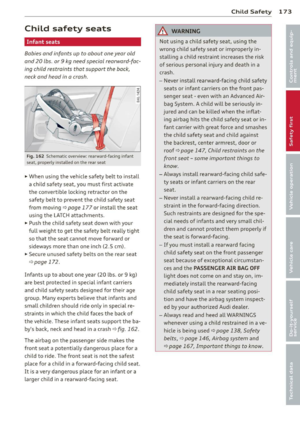 175
175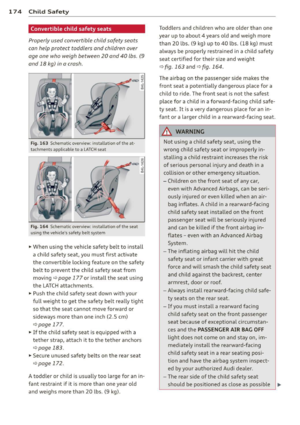 176
176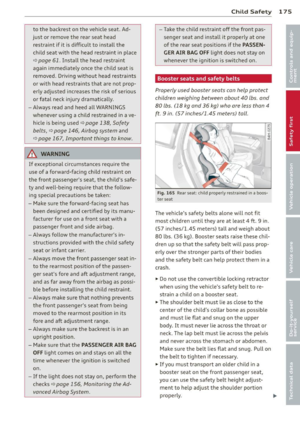 177
177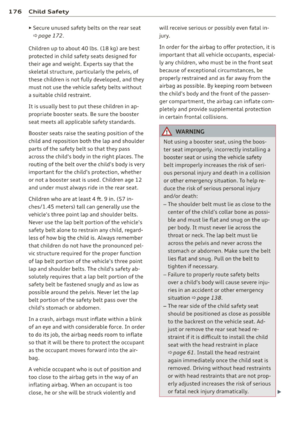 178
178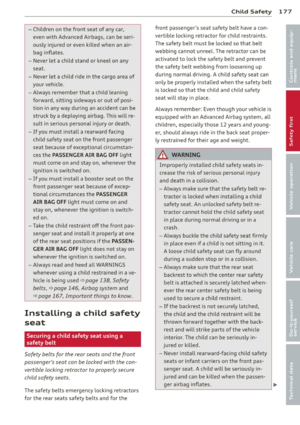 179
179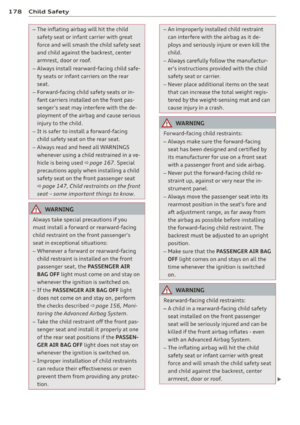 180
180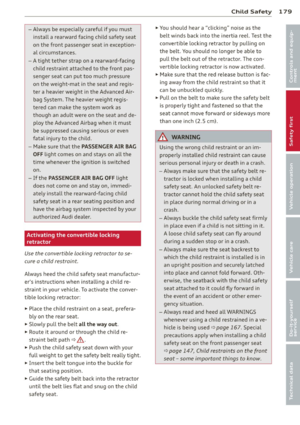 181
181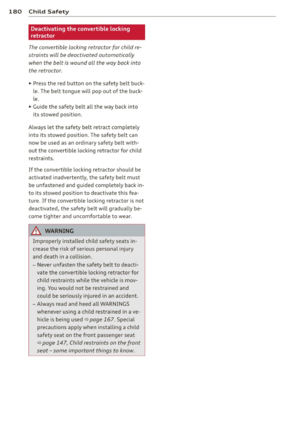 182
182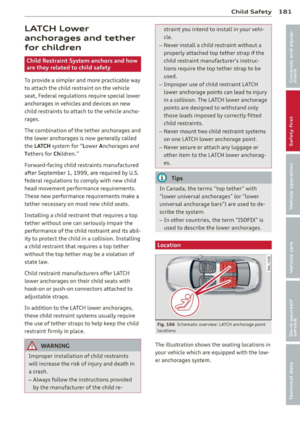 183
183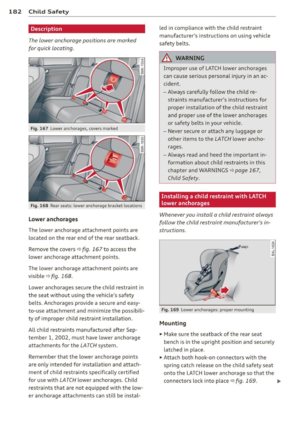 184
184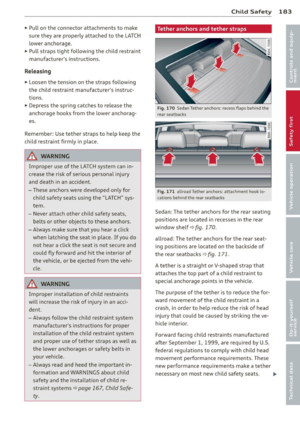 185
185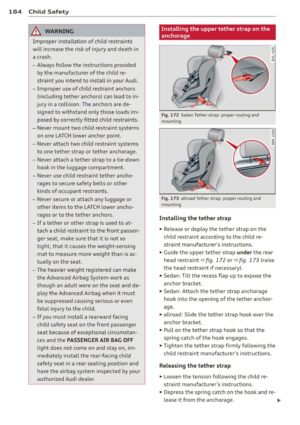 186
186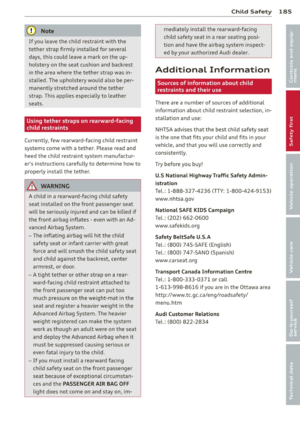 187
187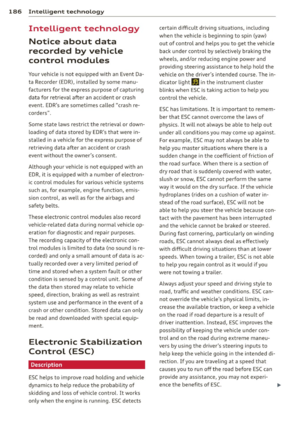 188
188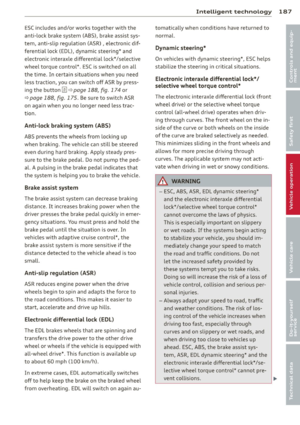 189
189 190
190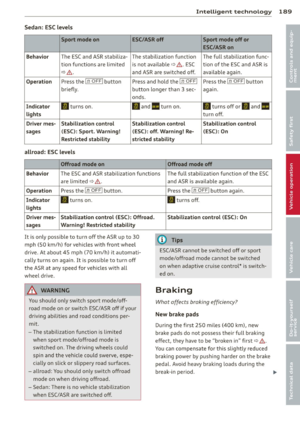 191
191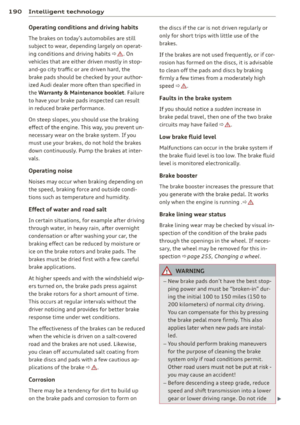 192
192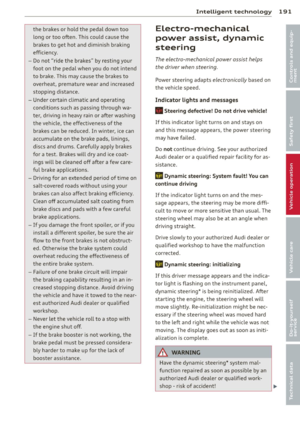 193
193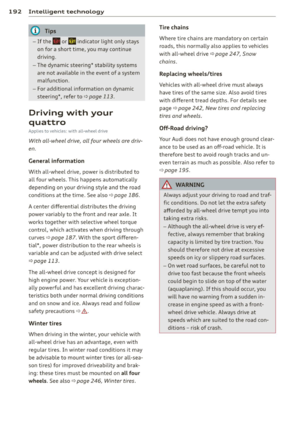 194
194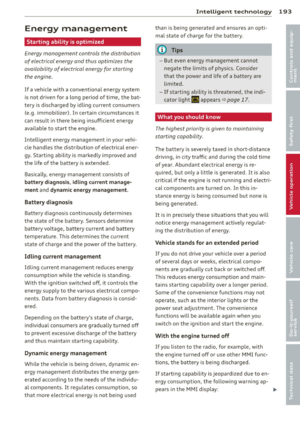 195
195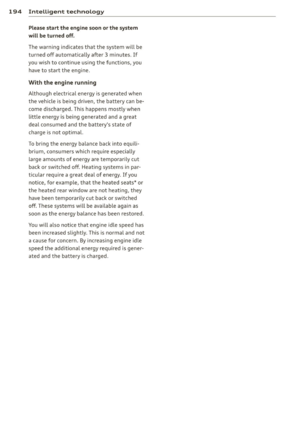 196
196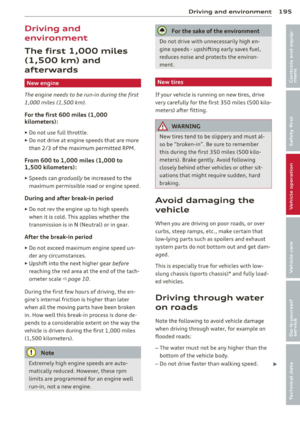 197
197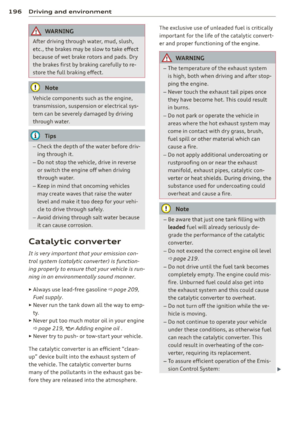 198
198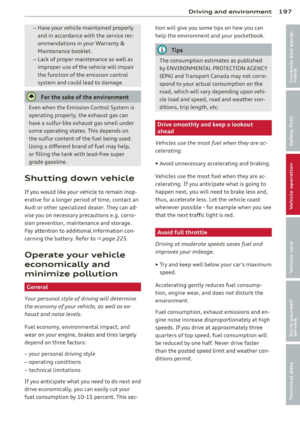 199
199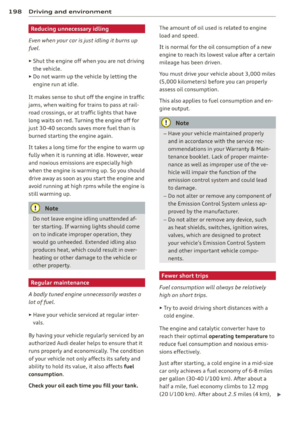 200
200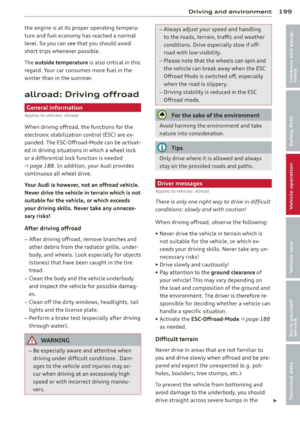 201
201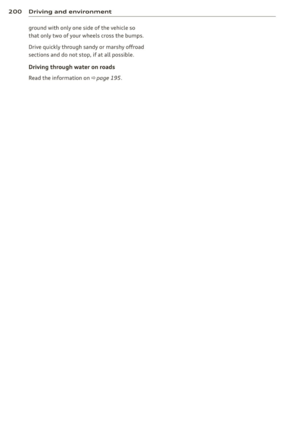 202
202 203
203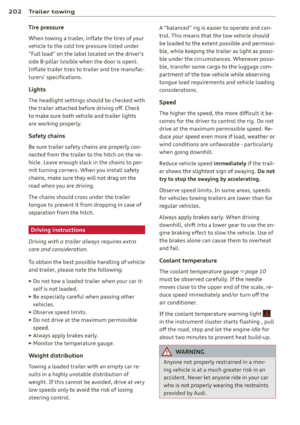 204
204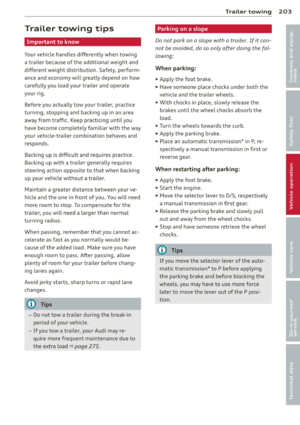 205
205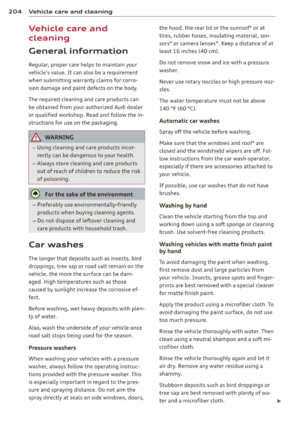 206
206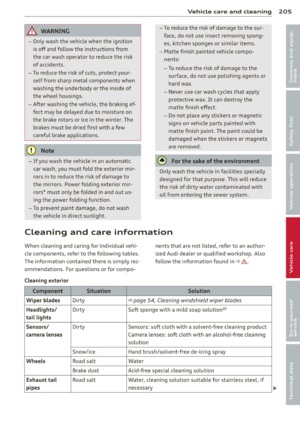 207
207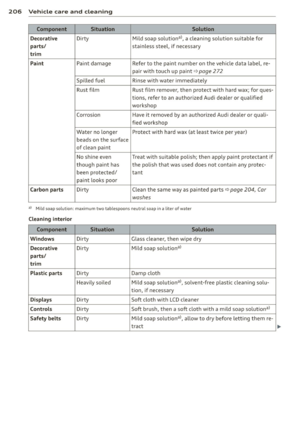 208
208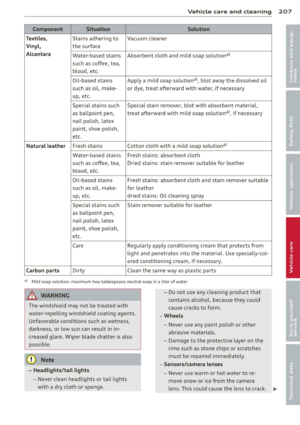 209
209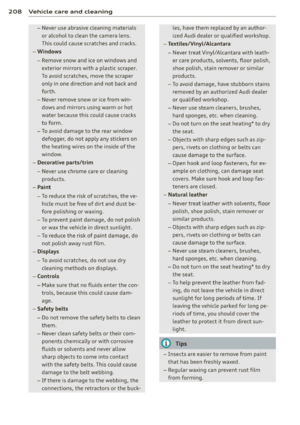 210
210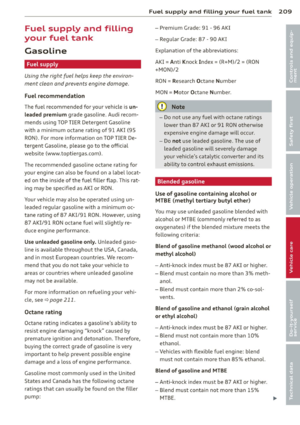 211
211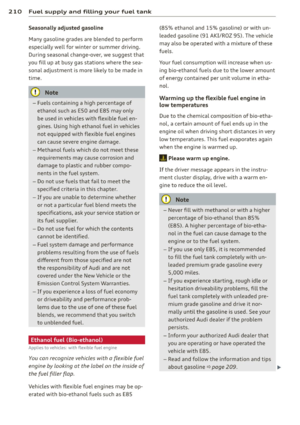 212
212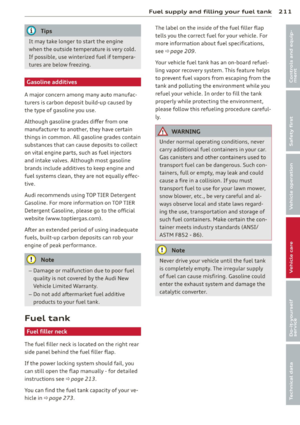 213
213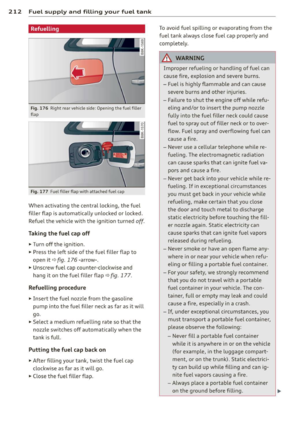 214
214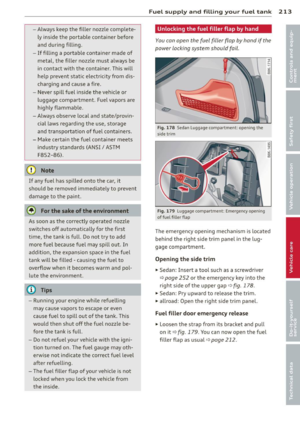 215
215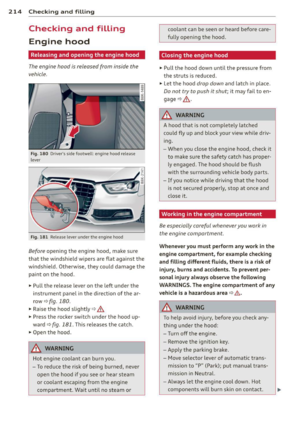 216
216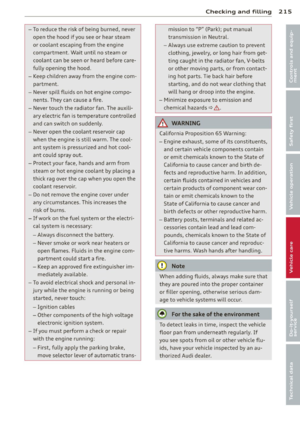 217
217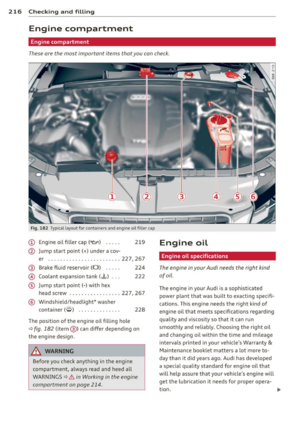 218
218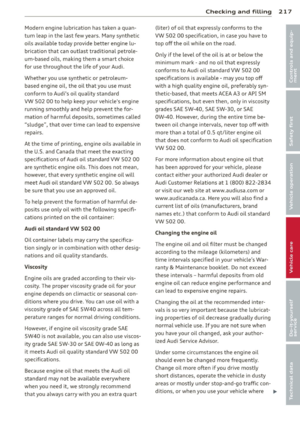 219
219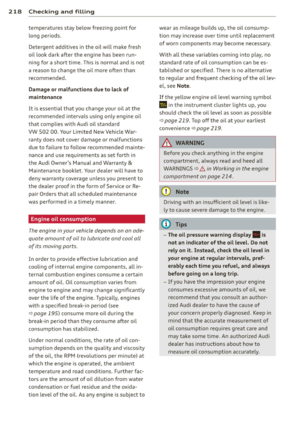 220
220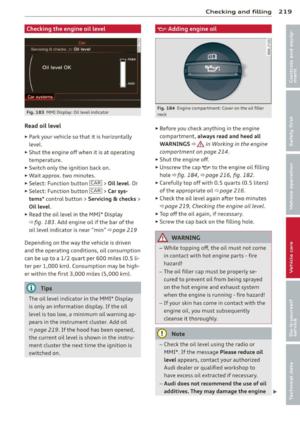 221
221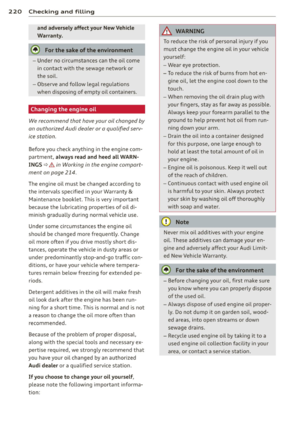 222
222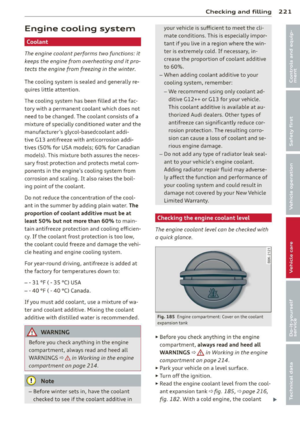 223
223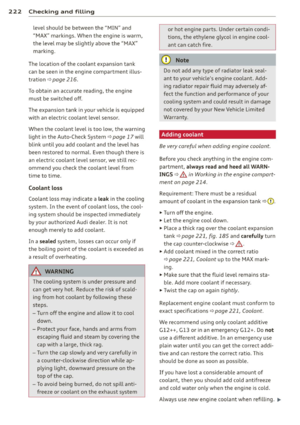 224
224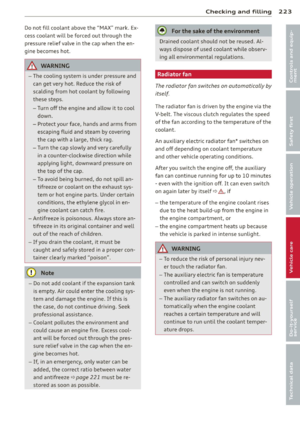 225
225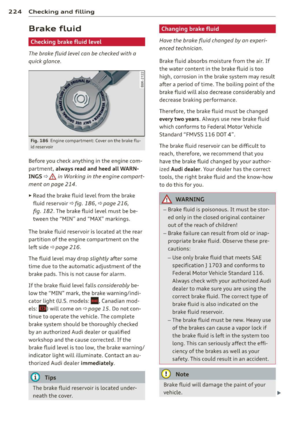 226
226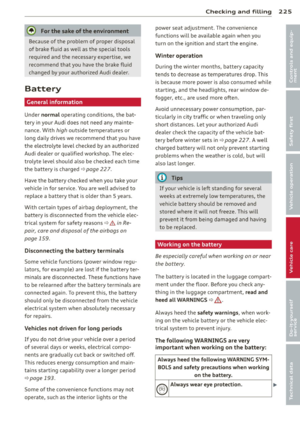 227
227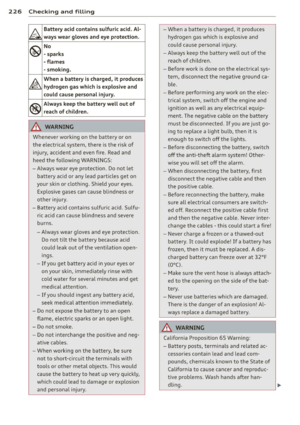 228
228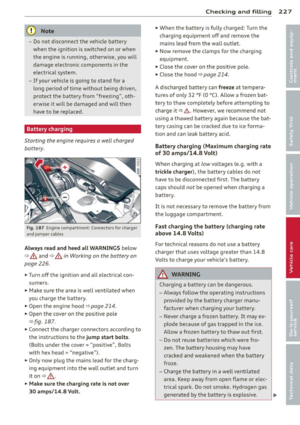 229
229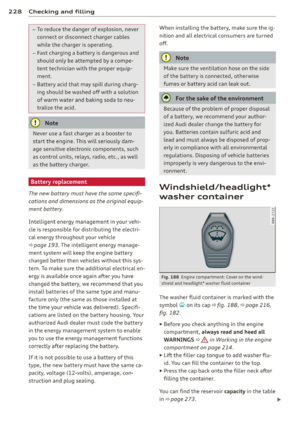 230
230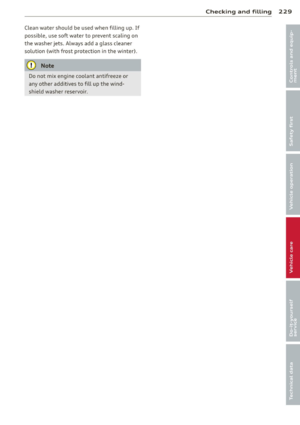 231
231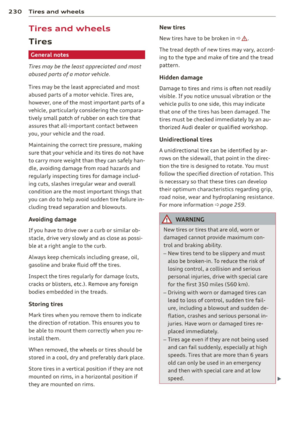 232
232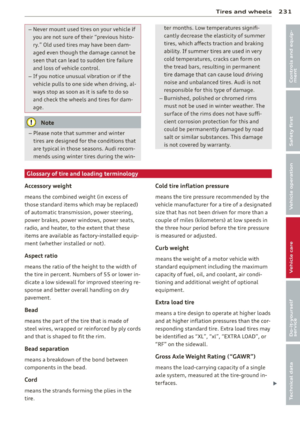 233
233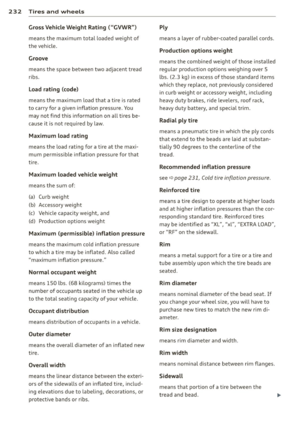 234
234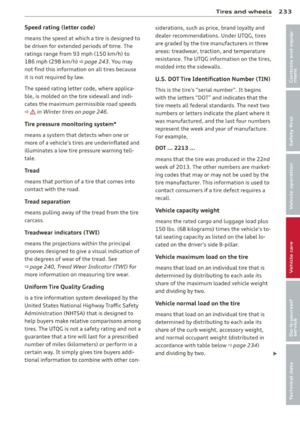 235
235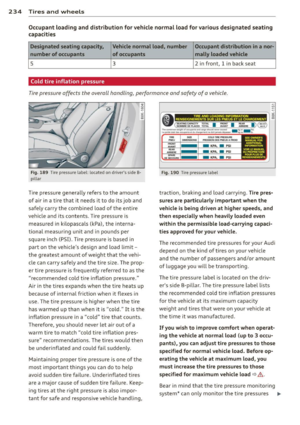 236
236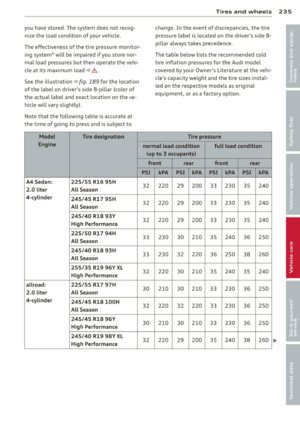 237
237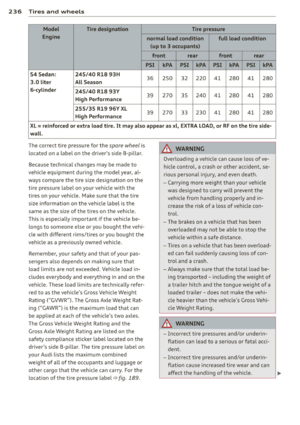 238
238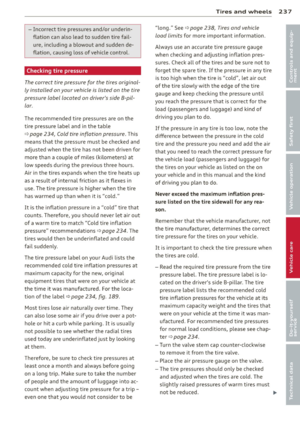 239
239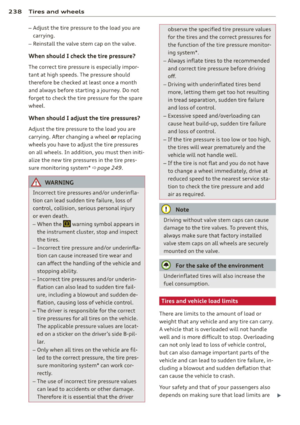 240
240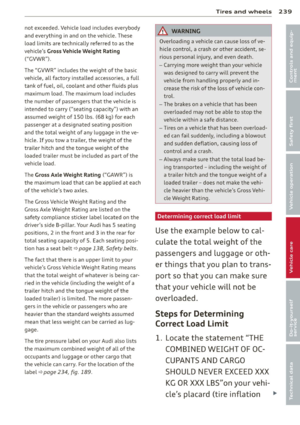 241
241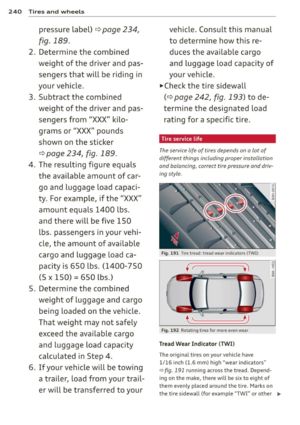 242
242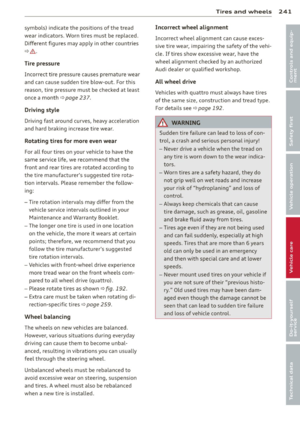 243
243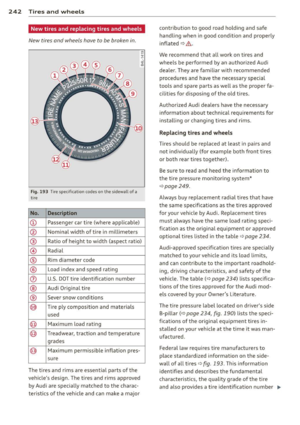 244
244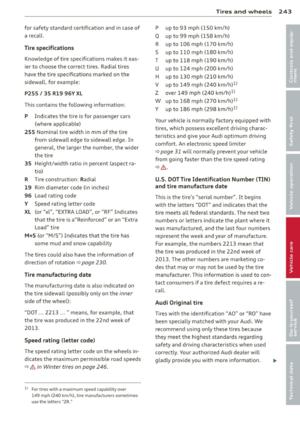 245
245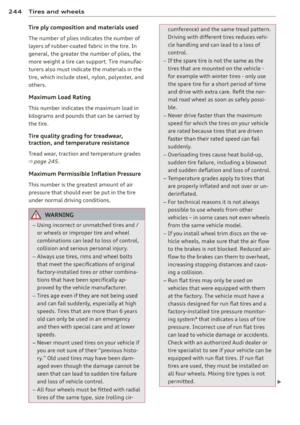 246
246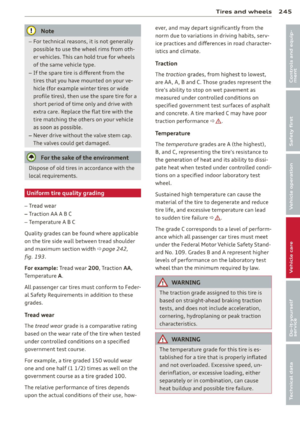 247
247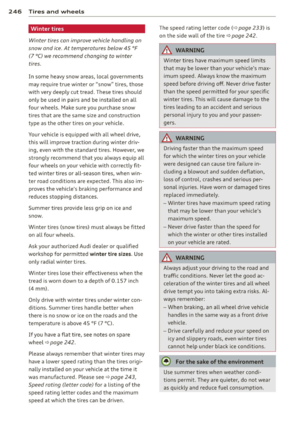 248
248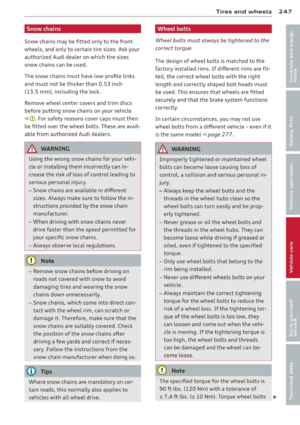 249
249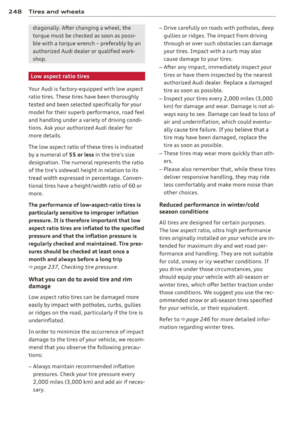 250
250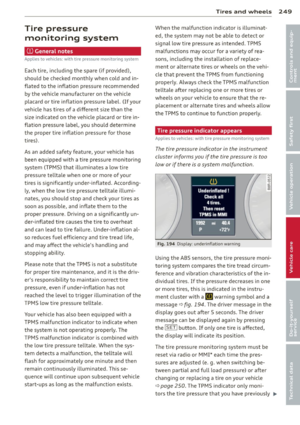 251
251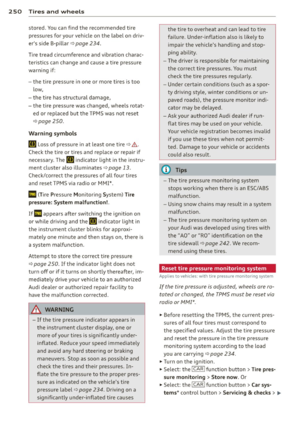 252
252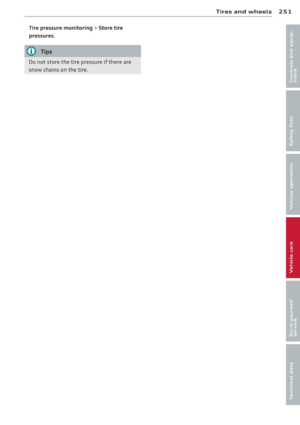 253
253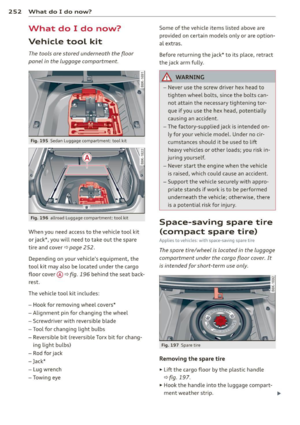 254
254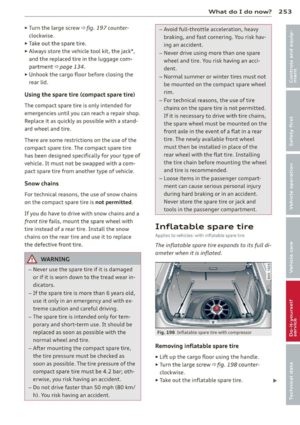 255
255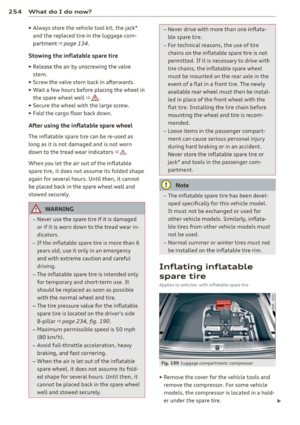 256
256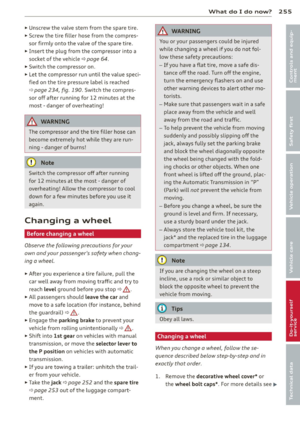 257
257 258
258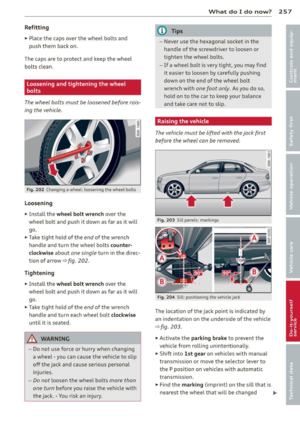 259
259 260
260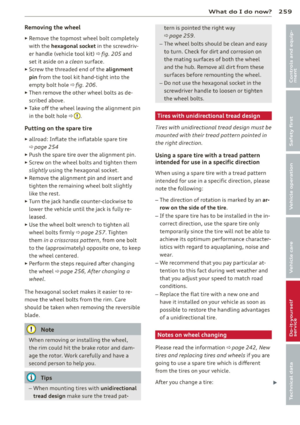 261
261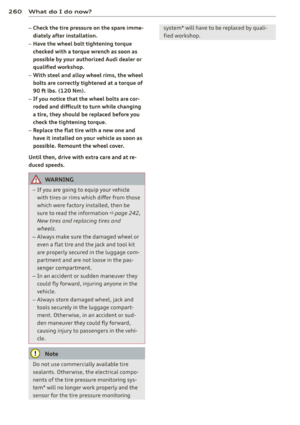 262
262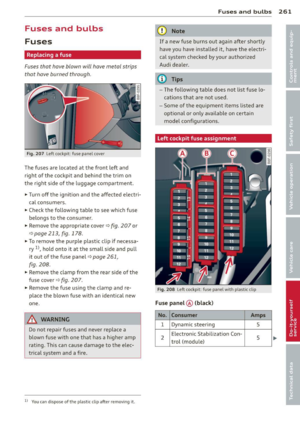 263
263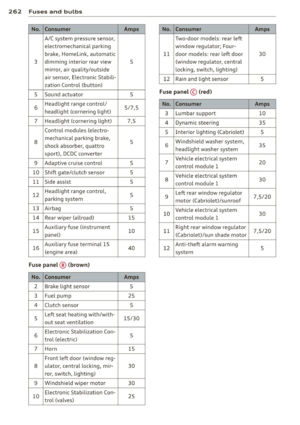 264
264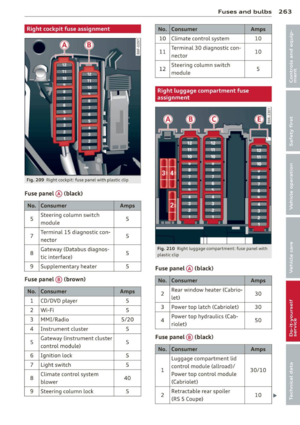 265
265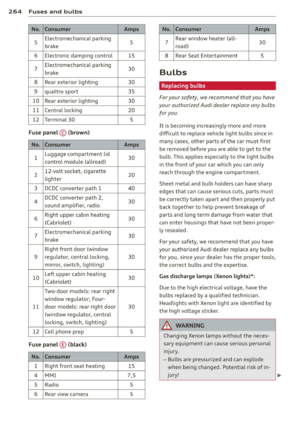 266
266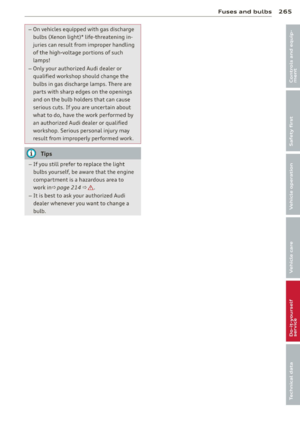 267
267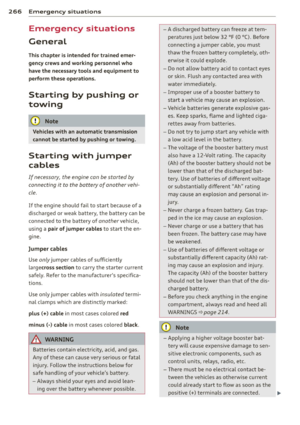 268
268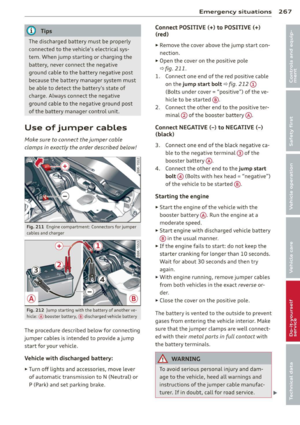 269
269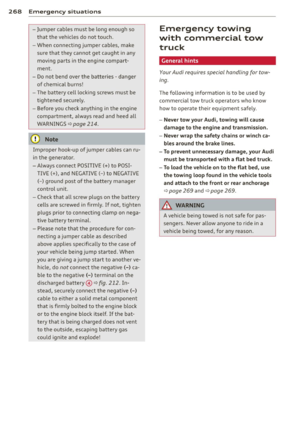 270
270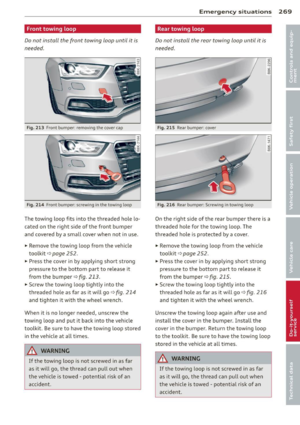 271
271 272
272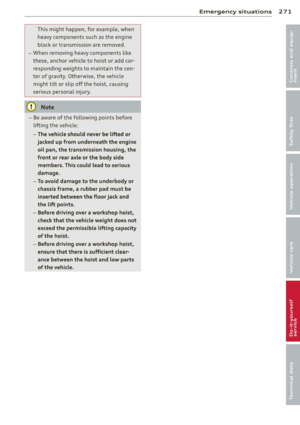 273
273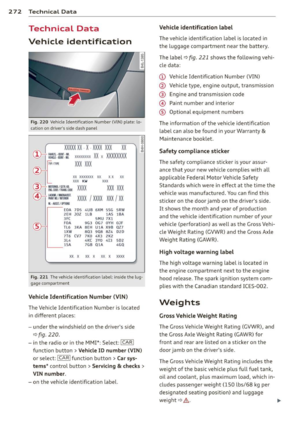 274
274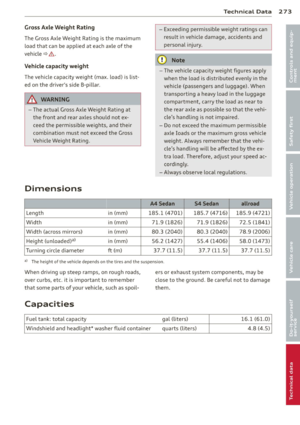 275
275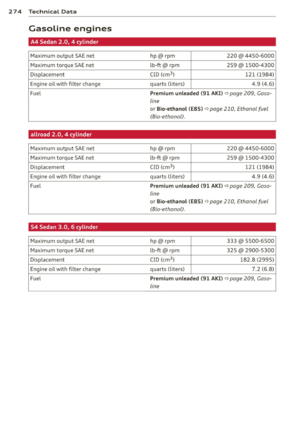 276
276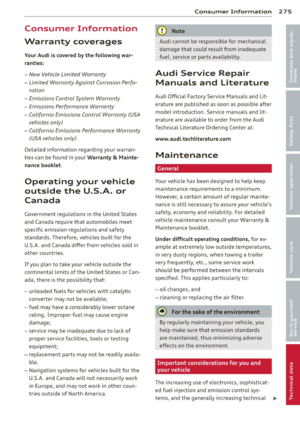 277
277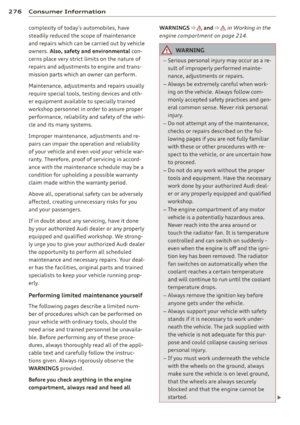 278
278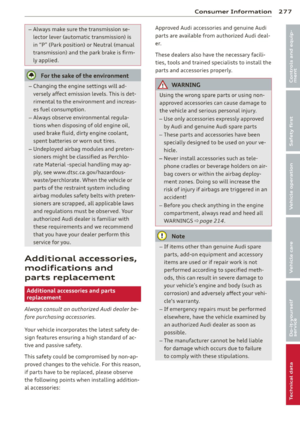 279
279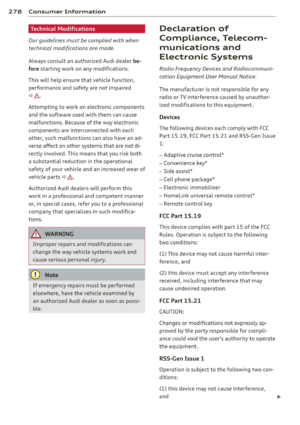 280
280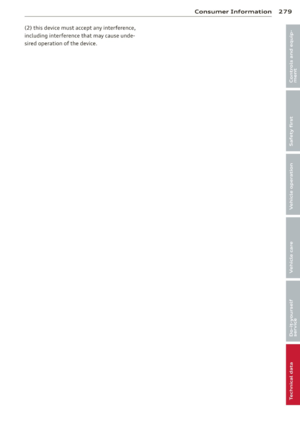 281
281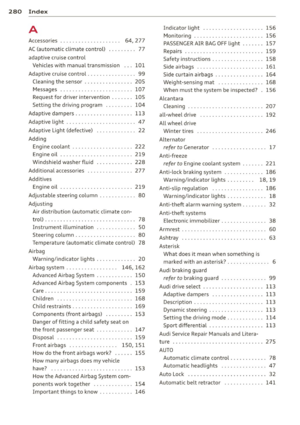 282
282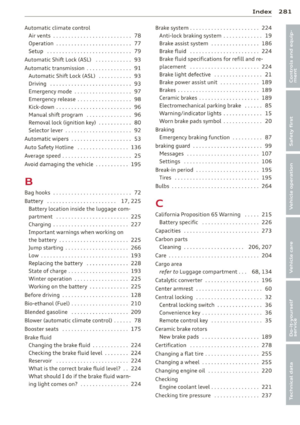 283
283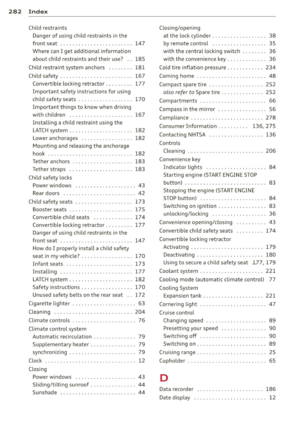 284
284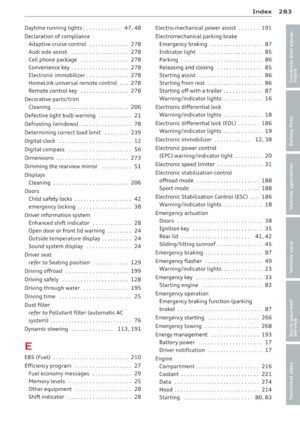 285
285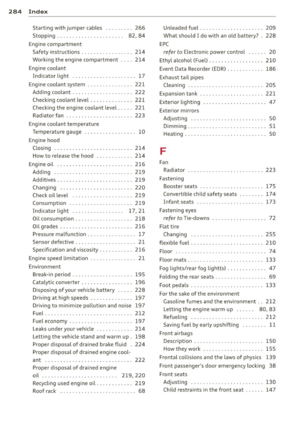 286
286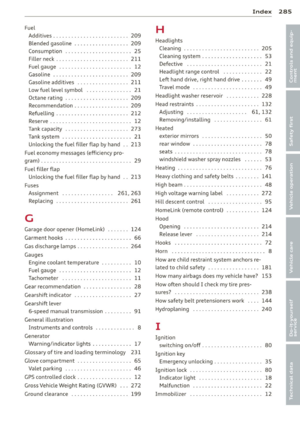 287
287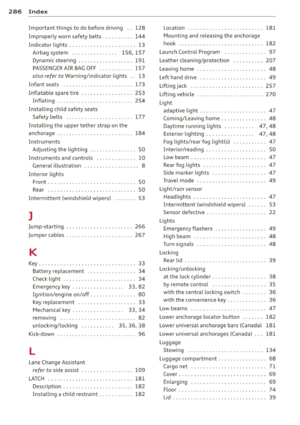 288
288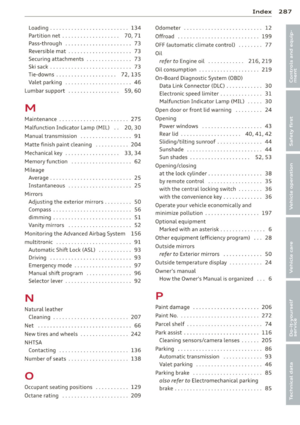 289
289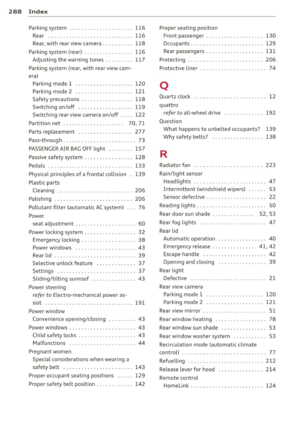 290
290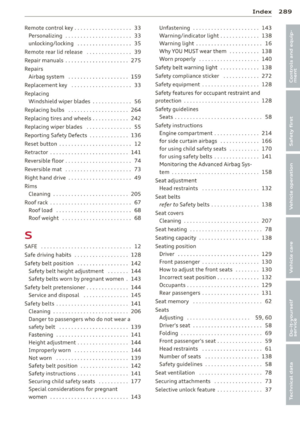 291
291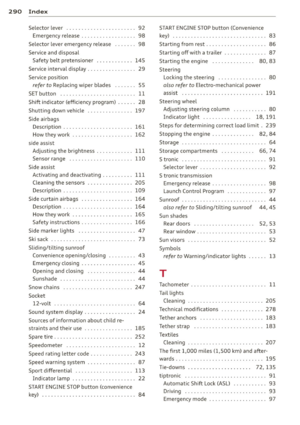 292
292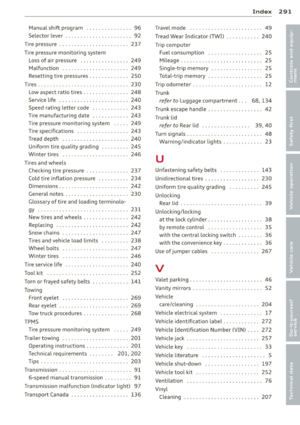 293
293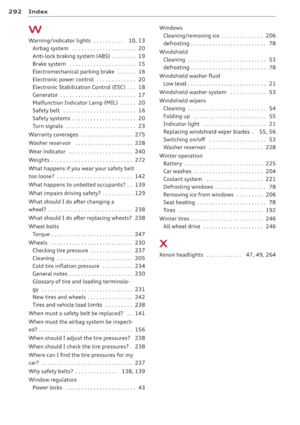 294
294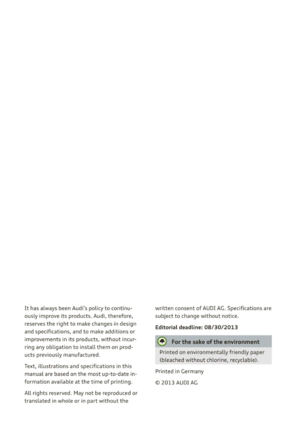 295
295






